-
Posts
2.332 -
Joined
-
Last visited
-
Days Won
60
Posts posted by Sundiata
-
-
Also, Angus McBride, one the most foremost historical illustrators of modern times, seems to have been convinced of Nubians in Ptolemaic military service, as light spear infantry, and (at least sometimes) as mahouts for the Ptolemaic elephant corps
The author of the original article posted by Mega Mania also makes a serious mistake, by mis-identifying the African elephants used by the Ptolemies. He conflates African Bush Elephants with African Forrest Elephants (or the closely related North African Loxodonta Pharaoensis), which is actually significantly smaller than both Bush Elephants and Indian Elephants.
"The African elephants would not stand against the Indian elephants in battle... ...The ancient authors note the inferiority of the African elephant to the Indian, but they wrongly state that it is inferior in size. This is not true. The normal height at the shoulder of the full-grown Indian male elephant is from 8 to 10 feet, whereas the African full-grown male often reaches 12 feet."
When the much smaller African forrest elephants come face to face with African bush elephants, they are actually instinctively terrified, because for some macabre reason, bush elephants violently kill forrest elephants when they meet. The same instinctive fear would be expected when put against Indian or Syrian elephants.
Also:
From "War Elephants" p.135, by John M. Kistler.
-
 1
1
-
-
@LordGood "Hopefully its lacks the defensive features to out it as a 'fortress'. I plan on using a whole lotta rough stone for that building anyway."
I'm happy to hear that, you seem to draw the same conclusion I did from looking at all these ruins. Religious and administrative structures as well as many other secular structures were almost invariably plastered with white lime-plaster. Defensive structures on the other hand seem to make a lot of use of rough uncut drystone walls.
Here are some extra details on the Kushite fortification of Gala Abu Ahmed (Napatan/Meroitic period), I recently came across:
-
 2
2
-
-
The temple to Amun looks very Egyptian. I'm thinking this should be the special building.
The temple to Apedemak (also Egyptian looking) could be the regular temple.
Meroitic pyramids, as phase requirements will look Egyptianish.
Props, like stelae and obelisks could add to the Egyptian flavour, and the design for the stone door-lintels are of Egyptian origin.
The trading vessel and light warship will look Egyptian
Also, some of the units will have a pronounced New Kingdom Egyptian look.
More suggestions?
-
 1
1
-
-
@LordGood Oh my God, that's so historically accurate, I'm getting the chills...
 Amazing work!!! I'm so glad you're doing these models! By the way, Is that a blacksmith, to the right of the CC there, that you're teasing us with??
Amazing work!!! I'm so glad you're doing these models! By the way, Is that a blacksmith, to the right of the CC there, that you're teasing us with??
For those people that haven't gone through the thread, or aren't familiar with the information this model is based on:
https://www.penn.museum/sites/expedition/karanog-wealthy-capital-of-a-lower-nubian-province/ (It is a late Meroitic site, but the palace/governors-residence/"castle" is identical to earlier Meroitic sites (except that it's smaller, and was better preserved before being flooded)
I also found a large amount of archaeological information on the site of Karanog from an extensive excavation report from 1911, identifying it as a Blemmye town. Blemmye's were a vassal to Kush, supposedly even establishing a Blemmye dynasty. Even though it is a Meroitic site, littered with Meroitic inscriptions, artefacts and graves, the report makes little mention of the Meroitic overlords of Karanog. In 1911, the existence of a powerful black African state to the south, ruling lower Nubia was not an accepted notion (scientific racism was still in full sway). Even the mere existence of an independent and powerful Meroitic Kushite state itself was not accepted, on account of their skin-color. This is however being re-adressed by the current archaeological community, re-examining these sites over the past few decades. The images in the report do however provide some of the highest quality images of intact Meroitic sites in lower Nubia (now submerged by lake Nasser), including the impressive Meroitic fortifications at Qasr Ibrim, very close to Karanog.
http://dlib.nyu.edu/awdl/sites/dl-pa.home.nyu.edu.awdl/files/karangtown00wool/karangtown00wool.pdf
-
 2
2
-
-
I don't mean to beat a dead horse here, but there seems to be some confusion about the use of Nubian mercenaries by the Ptolemies...
The short answer is yes, obviously they made use of them (they lived right next to each other for 300 years).
I'd have to agree that Nubian archers are an archaic unit, probably not used (extensively) by Ptolemies, but Nubian axe-men seem to have been a thing (brandishing double headed axes).
I will let the Ptolemies speak for themselves:
Spoiler-
 3
3
-
-
-
 2
2
-
-
-
Hi @Lion.Kanzen, with all respect to Mega Mania's knowledge, the (extensive) use of horses in ancient Kush is well attested by now, through written history (Kushite, Greek, Egyptian, Neo-Assyrian), pictorial evidence (petroglyphs, reliefs, graffiti...), and physical evidence (horses with equipment found buried with a number of early Napatan Kings, as well as the later Kings from Ballana).
On top of that, Lisa A. Heidorn wrote an extensive article on the subjects called "The Horses of Kush", which I believe you quoted yourself in a previous discussion on Nubians (a few years ago).
They didn't only use horses, they bred and exported them on what seems to be a relatively large scale.
Also, Ptolemies made use of Nubian mercenaries. They might have been used, predominantly as crowd-controll and guard duties for important temples, as they have been used for these purposes for thousands of years. So they may not have been used extensively on the battlefield by Ptolemies, but they were definitely around...
SpoilerNubian mercenary cavalry-axe-man in Ptolemaic service, even equipped with Hellenistic armaments :
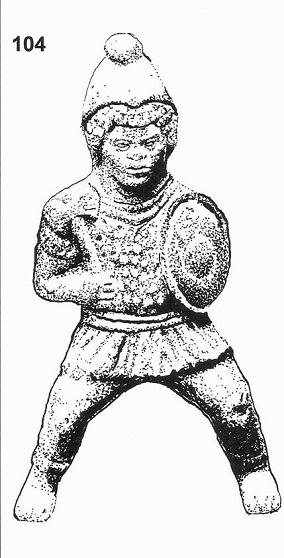
Also, I assume that the info used to dismiss the presence of Nubians in Ptolemaic armies ignores completely the 300 years or so of Ptolemaic military campaigning back and forth in... (Northern) Nubia...
Just to clarify things a little..
-
 1
1
-
-
Oh, I see, I kind of agree to not having large vessels, as I don't think they ever navigated the open sea.
In that case:
- fishing boat: dugout canoe (no sail)
- Merchant ship: modeled on the traditional falucca, with a long triangular sail, but with a steering mechanism modelled after the ancient examples on the petroglyphs.
- light warship: Modeled on the typical Nile valley boat. Essentially an adapted version of the Ptolemaic merchant ship.
For the dugout canoe, only the clothes of the fisherman, and perhaps his fishing net/equipment can be used as player color, as the boat is just a hollowed out, undecorated log.
The merchant ship should just have a white sail. Small strips of cloth tied to the ropes, as well as some minimal geometric paint designs along the length of the boat could be used for player color, as well as the clothes of the trader seated in the vessel. Decorated rudders also seem to be popular (see below).
The light warship could be fully decorated, following classical Egyptian designs. It should have a rectangular sail, that could potentially have the player color, or religious designs and motifs like an image of the ram-headed Amun, the Eye of Horus, or Apedemak, in the player color. There is enough room with this ship for choices regarding player color and designs.
Here's another good (Egyptian) example of what a light Kushite warship (or trade ship, in fact), could have looked like:
And some basic idea's for designs:
Spoiler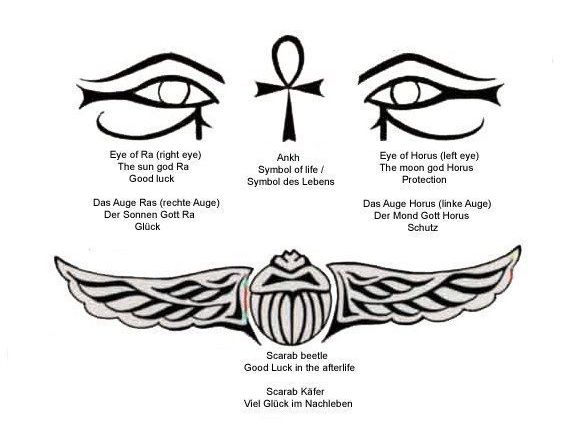

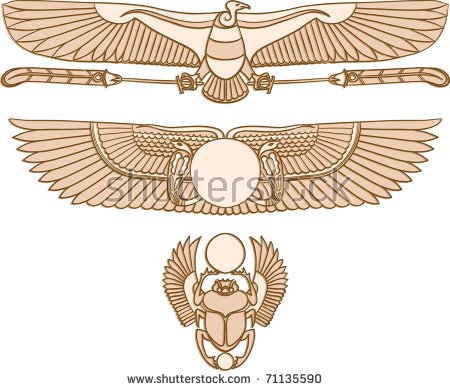
-
 1
1
-
-
@balduin That documentary actually features nice Sudanese Nile versions of felluca's, which the narrator states have been used there for the past 3000 years. As well as some lovely Northern Sudanese Nubian village houses, remarkably similar to @Juli51's Concept drawing of a Nubian house... Another house variation? Or is that too much?
And some clear images of traditional Sudanese Felluca's
Spoiler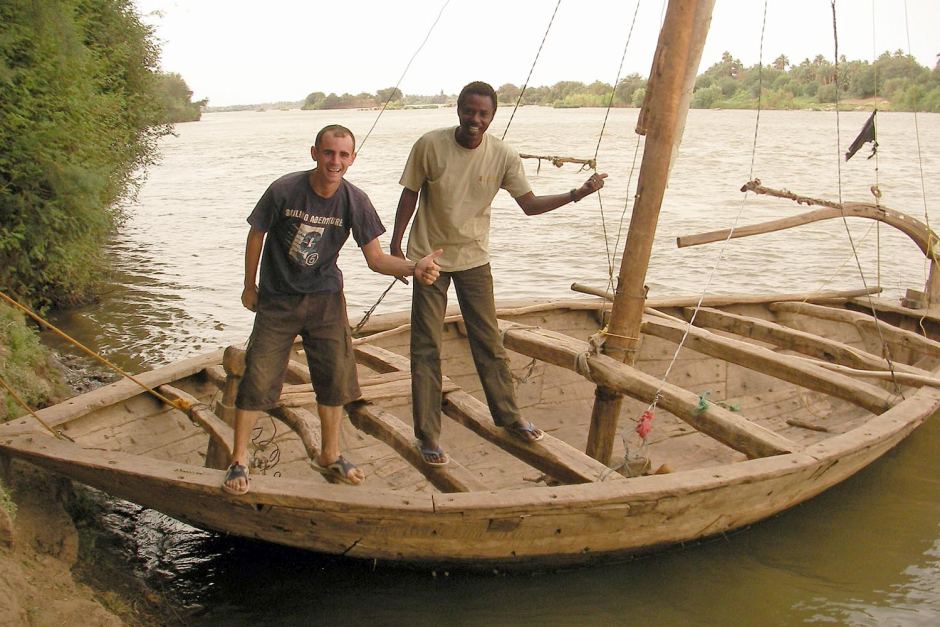
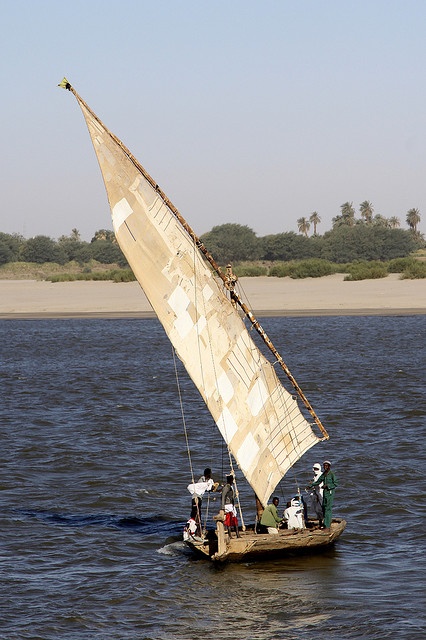
@wowgetoffyourcellphone Maybe the traditional triangular felluca sail can be used for the small to medium ships? Helps distinguish them..
-
Aah, yes, I see...
 Anyway, probably still a useful model for the Kushites, if only as a reference?
Anyway, probably still a useful model for the Kushites, if only as a reference?
On another note, balduin had mentioned in an earlier post, that papyrus doesn't grow everywhere along the banks of the Nile in Sudan, so papyrus fishing boats wouldn't have been ubiquitous. Seen as we know dugout canoes were also used by the people of Kush, and they are still used by some of the people in South Sudan today, we can use those as the reference for the Kushite fishing boat. This would also help distinguish them from Ptolemies or Egyptians, giving them a little more of an African touch.
Spoiler-
 2
2
-
-
The Boats of Kush
In this post, I will aim to clarify the still somewhat open question of boats in ancient Kush. We know that they had them, and that they used them for transport, fishing, trade and warfare. The only thing that was actually missing is are period depictions of Meroitic boats. But, as luck would have it, I have finally found an example of a Meroitic period boat, carved in a relief on the inside of one of Meroe's pyramid chapels. This image proves my earlier assumptions that Meroitic riverine culture was essentially very similar to that of ancient Egypt, probably due to the fact that this particular type of Nile valley boat was actually developed as early as the Mesolithic period in central Sudan.
"Hieroglyphs showing a boat felluka(?) inside the pyramid in Nubian pharaohs and kings necropolis in Meroe Nubia Sudan"
In the following spoiler, you can see a collection of Neolithic petroglyphs of Nile valley boats of various sizes, from the Neolithic/pre-Kerma period in Sudan. A very clear illustration of thousands of years of Nile valley boat culture remaining remarkably unchanged.
SpoilerThe following 2 images represent, probably the oldest known image of a Nile Valley boat, with an estimated age of anywhere from (7050 BC to 6640 BC), excavated from underneath an elongated Meroitic burial mound, "labelled 16-D-5 following the taxonomy proposed by F. Hinkel (1977: 24-6) on the western bank of the White Nile about 25km south of Omdurman (36 P 0436329/ UTM 1708138)". The steering mechanism, shape of the vessel and central cabin would become the hallmark of Nile boats for the coming millennia. http://www.antiquity.ac.uk/projgall/usai/
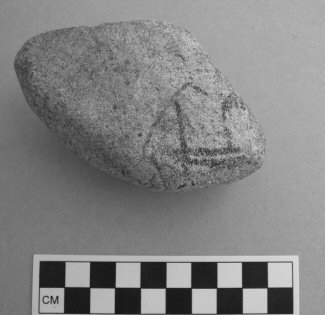
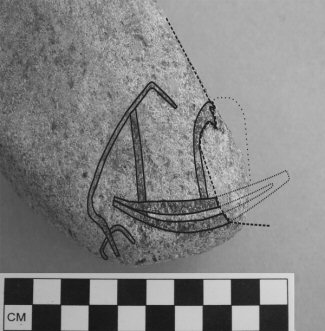
The following pictures were taken by Retlaw Snellac Photography, at Wadi Sabu a Neolithic site in Sudan. These Nubian depictions show typical Nile valley boats, long before Egypt even saw it's first pharaoh.
Retlaw had this to say about the site:
"Sudan - the black pharaohs:
Wadi Sabu, a place of exceptional Neolithic rock art.
Many of the sites are exceptionally well-preserved due to the arid environmental conditions encountered in northern Sudan. Amongst over 50 Neolithic sites, several have significant potential for further research, while the more than 70 sites of rock drawings identified in the region include some of the most important such sites known anywhere in the Sudan, with very spectacular sites at both Sabu and Kajbar. These represent some of the last surviving examples of a distinctive ' Nubian' riverine tradition of rock art, otherwise largely destroyed by the Aswan Dam."
The following picture is of particular interest, because, apart from having 8 oars and a large central cabin, it actually shows what seems to be a horse, standing on the prow of the boat, illustrating that even at this early time, horses, and probably cattle were being transported up and down the Nile in Sudan. The interesting steering mechanism can clearly be seen, being operated by a man, as another man stands on top of the cabin.
I will now repost a number of higher res versions of images from the tomb of Huy (tt40), King's son of Kush, or Viceroy, to the Egyptian Pharaoh Ramesses II.These Viceroys of Kush were Nubian Royalty, recruited by the New Kingdom Pharaohs, as their local representatives in Kush. They would become the ancestors of the Napatan, and later Meroitic Kings. The images are interesting because they show a large array of vessels, belonging to Huy, coming from Kush, bearing tribute to the pharaoh. For all intents and purposes, these boats can be seen as Kushite, and once again illustrate the continuing tradition of these particular types of Nile valley boats. These are the references that should be used for Kushite boats.
@stanislas69, Maybe we could see some more of that lovely looking boat of yours?
-
 2
2
-
-
This youtube channel is about some 3d reconstructions of Sarmizegetusa https://www.youtube.com/user/m1ha1r0/videos?shelf_id=0&view=0&sort=dd
More 3d stuff about sarmizegetusa http://www.romaniadevis.ro/dacia/zona-geto-daca/reconstituiri-3d/item/marele-templu-rotund-de-la-sarmizegetusa-regia
And Murus Dacius http://www.romaniadevis.ro/dacia/zona-geto-daca/reconstituiri-3d/item/murus-dacicus-zid-dacic
Remember that neither Dacians nor Thracians were highly urbanised societies. The mass of people lived in smaller country-side villages and towns, probably more resembling rural Celtic society, than Greece or Rome. The capital cities of Seuthopolis and Sarmizegetusa probably reflect the height of Mediterranean influence in their culture.
-
 1
1
-
-
For the emblem, look no further than the reliefs of the Ram-headed Amun, the Kushite state-god. In those days, Amun reigned supreme...
Spoiler-
 2
2
-
-
@wowgetoffyourcellphone wow, they look so cool!!! Awesome!
-
 3
3
-
-
Nice initiative!
For the Kushites, it's easy, Meroe or Napata, your choice.. Napata was the old religious capital, Meroe was the new secular and economic capital.
For the Gauls, check out Bibracte. Remember that the current building set for the Gauls doesn't represent the pinnacle of Celtic architecture, but rather countryside models. Plenty of people have already commented on this, and I might make a large visual reference post in future to illustrate this point. For now, take a look at Bibracte, the capital of the Aedui:
For the Thebans… Thebes...
-
 2
2
-
-
Hmmm, I was thinking something more akin to Lion's original version, though these ones are cool too.
-
-
Just an Idea:
What if, seen as the Dacians were essentially a specific type of Thracians, who eventually founded their own Dacian Kingdom, Dacian references could be fair game. This way we can represent "archaic" Thracians and the younger, reinvigorated Dacians, in a Daco-Thracian faction. First Thracian capital at Seuthopolis, and the second Dacian capital at Sarmizegetusa. Seen as they were culturally closely related, politically and geographically overlapping, and featured the same "Greco-Barbarian" architectural mix, it is possible to depict them as a single Daco-Thracian faction, referencing both, making research easier.
Sarmizegetusa:
-
 3
3
-
-
Some quick image references for Seuthopolis, the Thracian capital under the Odrysian Kingdom. Although heavily influenced by Greece, it still had a recognizably Thracian culture and heritage. The ordinary people lived outside of the walls of this administrative center, full of official buildings.
-
 3
3
-
-
Another variation I think would look nice is stone with a golden rim, or gold with a stone rim.
-
IMO, Siege equipement should always go down with the ship, but infantry and cavalry units should un-garrison, only if they're very close to the shore (un-deep water). Otherwise they should all just perish the same.
-
Interesting… anyway, I wasn't saying that the team is so unprofessional they need to outsource coding, but rather, we need to pay some people (and they may very well be part of the team already, which would probably be better anyway), so that they can spend all of their time on this project, instead of just their spare time.
-
So there is no way to add grass, to cover bad/lacking soil textures, without performance issues? I've also always thought that a significant amount of grass (and other ground cover/shrubs) would solve those poor ground textures…
By the way, look at those beautiful rolling hills in AOE III! Why are maps with a flat surface still made in 0AD? Even the flattest maps shouldn't be entirely flat, it kills immersiveness. I also think that stand alone cliffs tend to look horrible in game, especially those cliffs with an inaccessible top, that rise from a 100% flat surrounding, with horrendously stretched textures, and you can't even build a wall against it without serious headaches, essentially making them a useless annoyance on the map.
There is a MUCH higher degree of realism already achievable in Atlas than many of the current maps hint at (with the exception of Rouen and that Alpine one)
Whatever happened to @Leroy30, who was busy creating the most beautiful map yet, a few years ago..?
I believe any other direction than this would be selling 0AD short of it's true potential…
I know, performance issues….… But maybe it's high time for another kickstarter to pay some professional coders to fix lag and pathfinding once and for all, even if it means rewriting Pyrogenesis...
-
 1
1
-

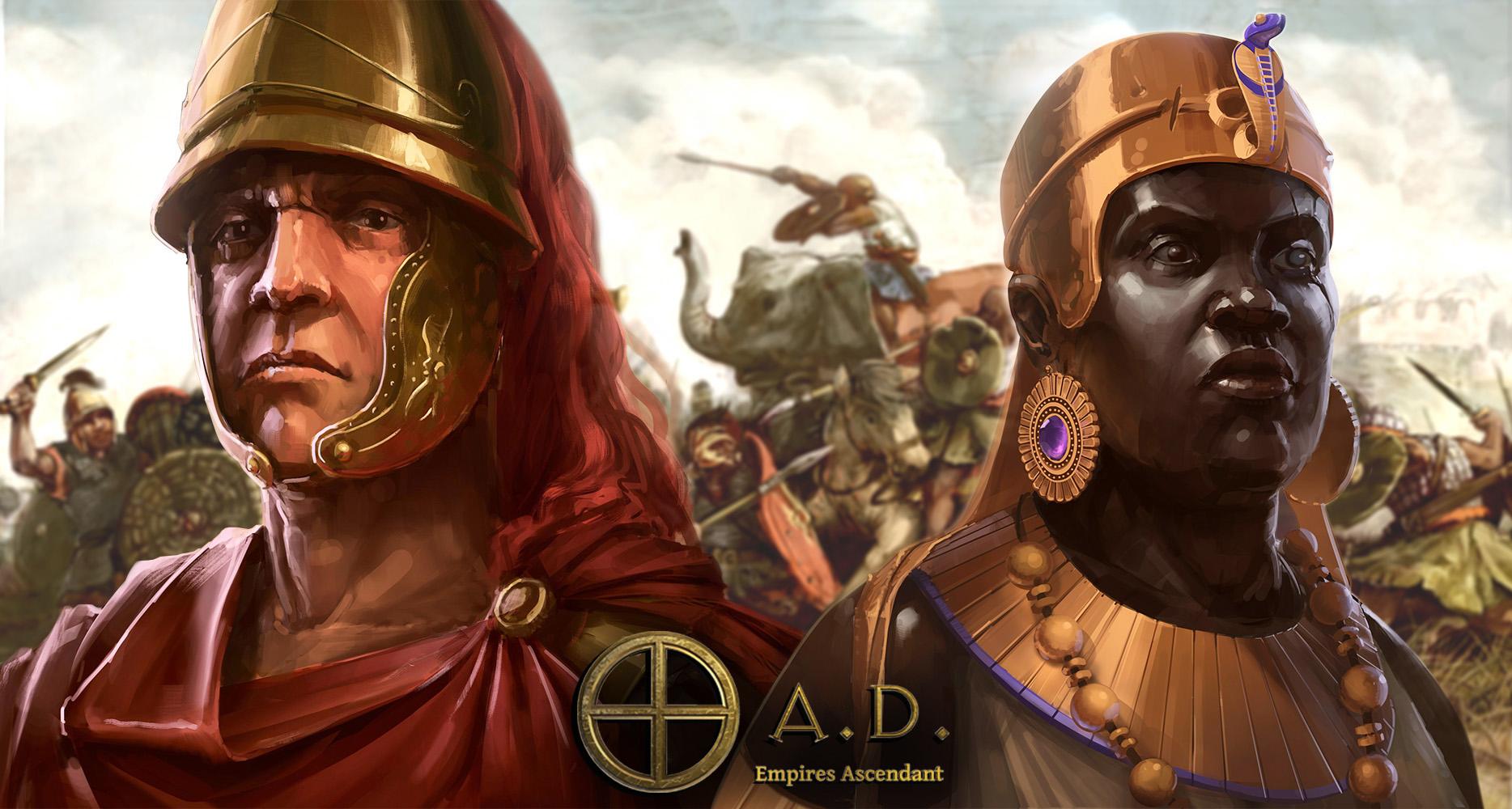

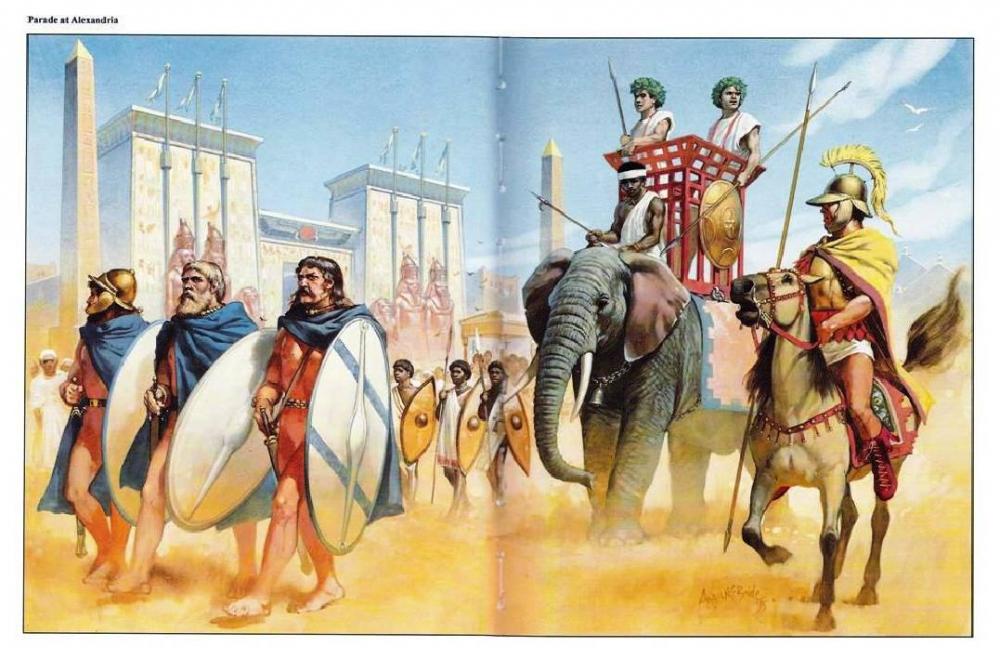

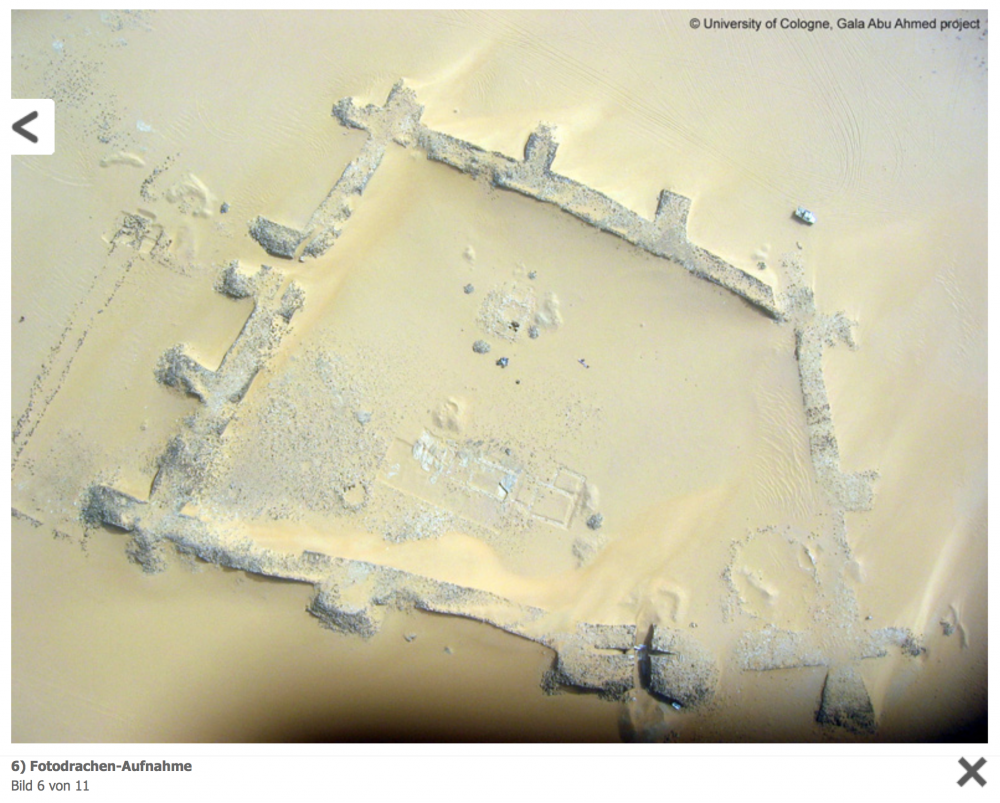
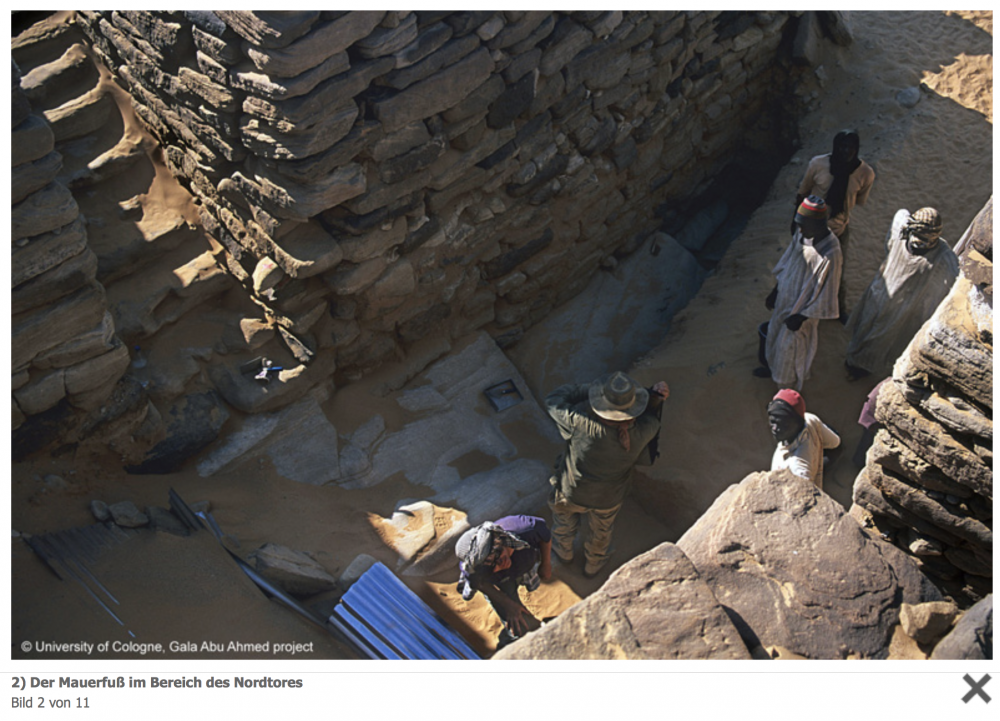
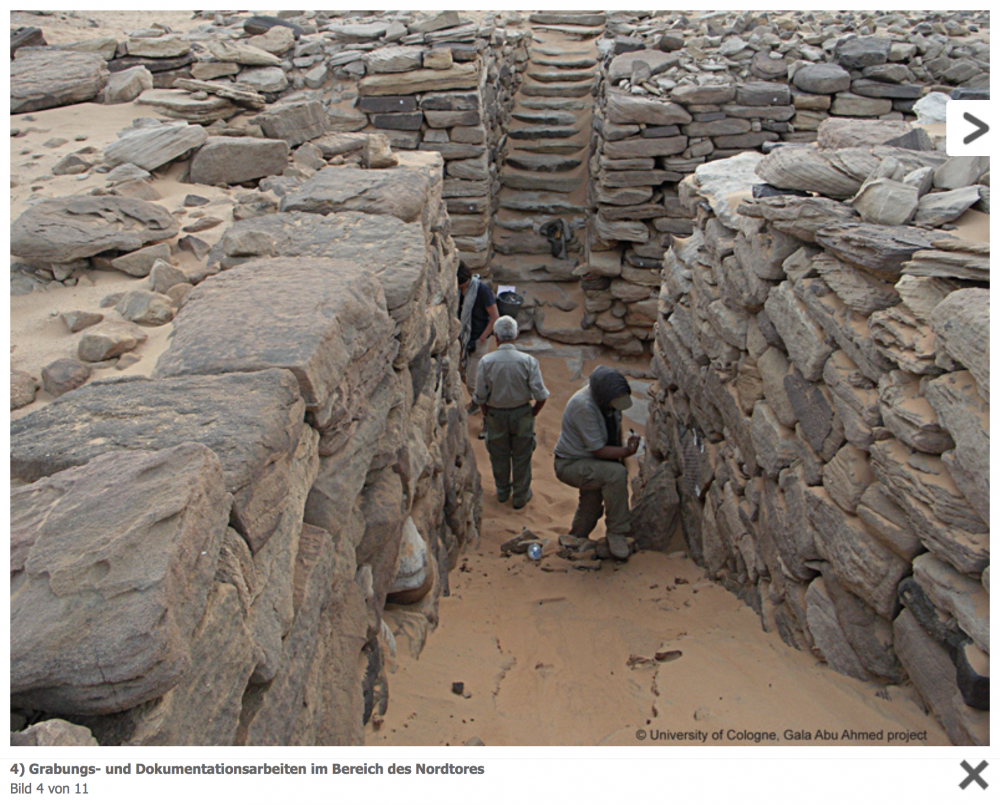
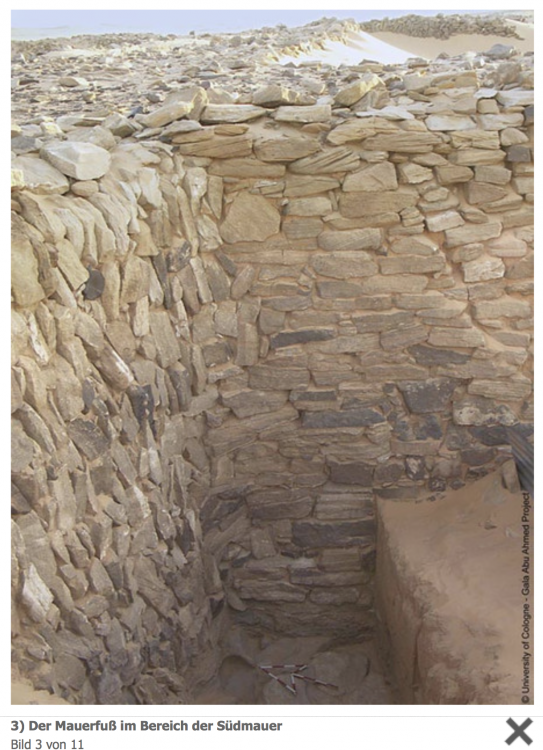
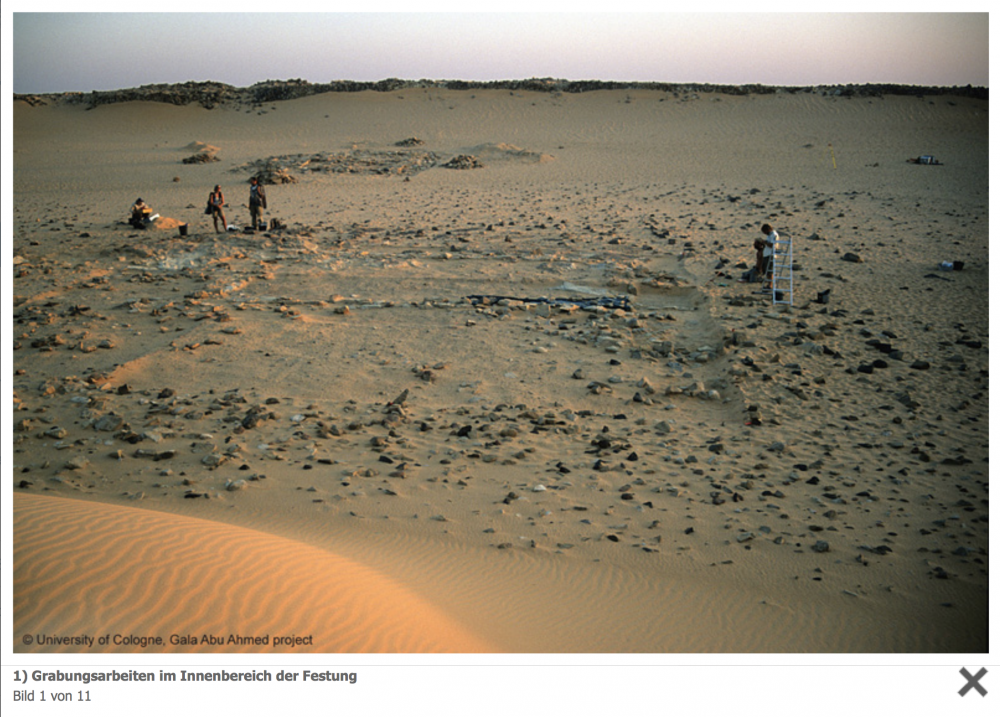
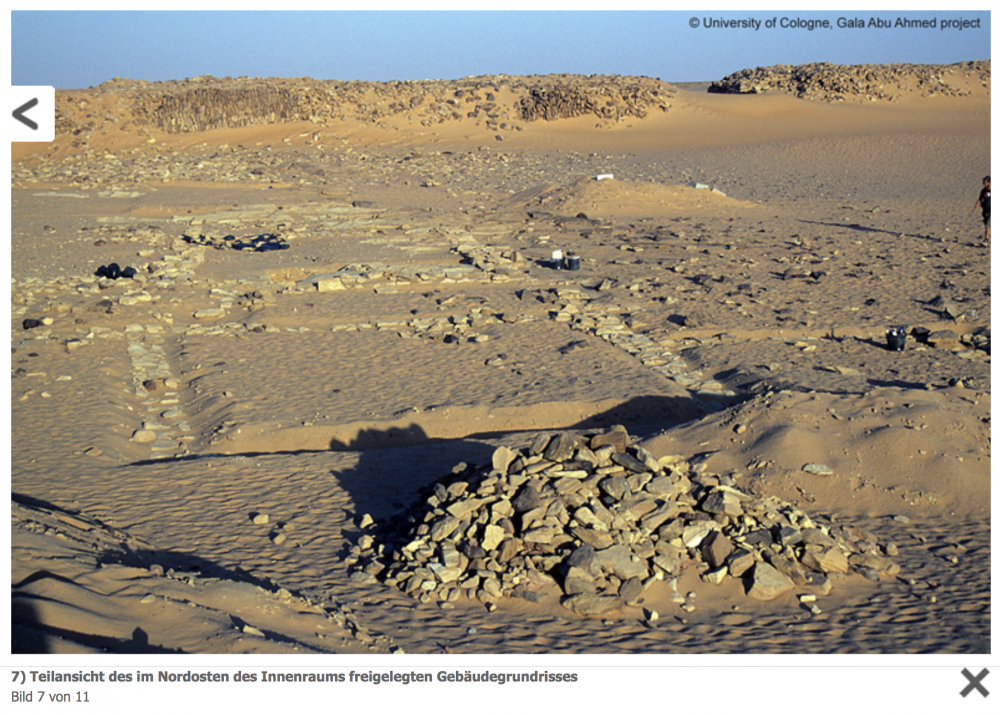
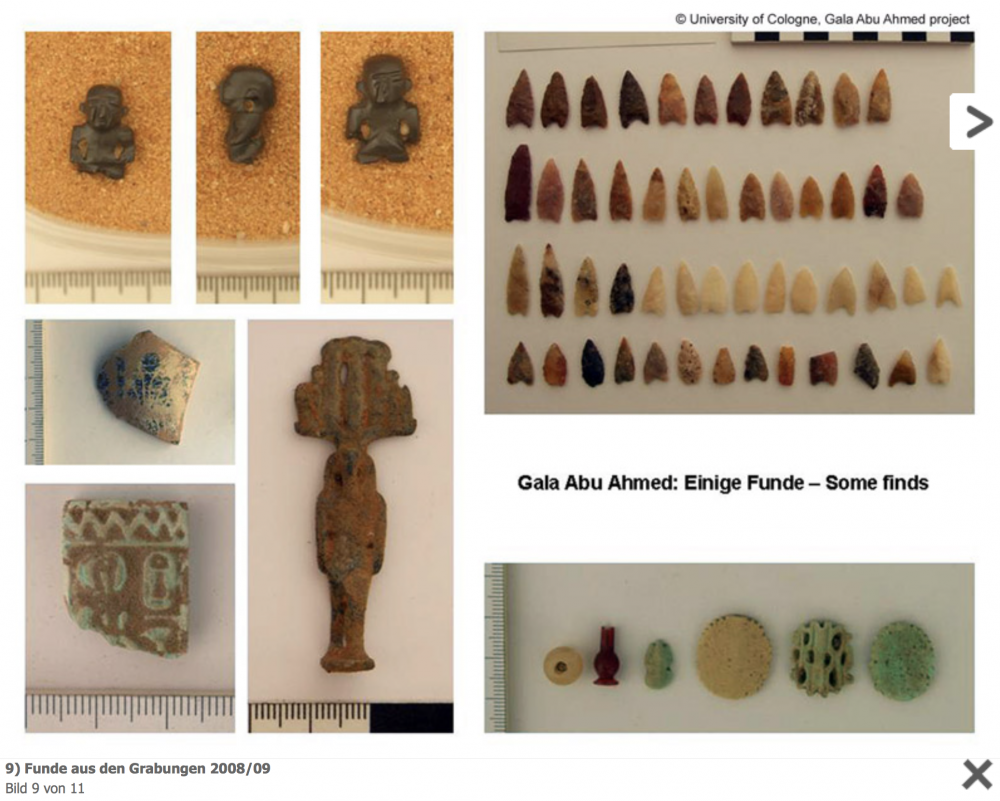
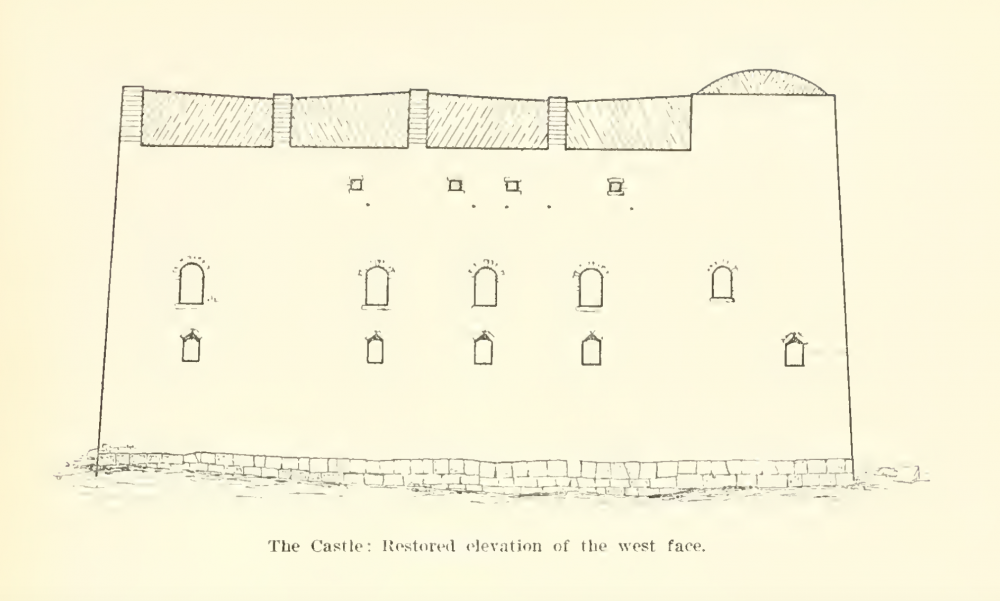
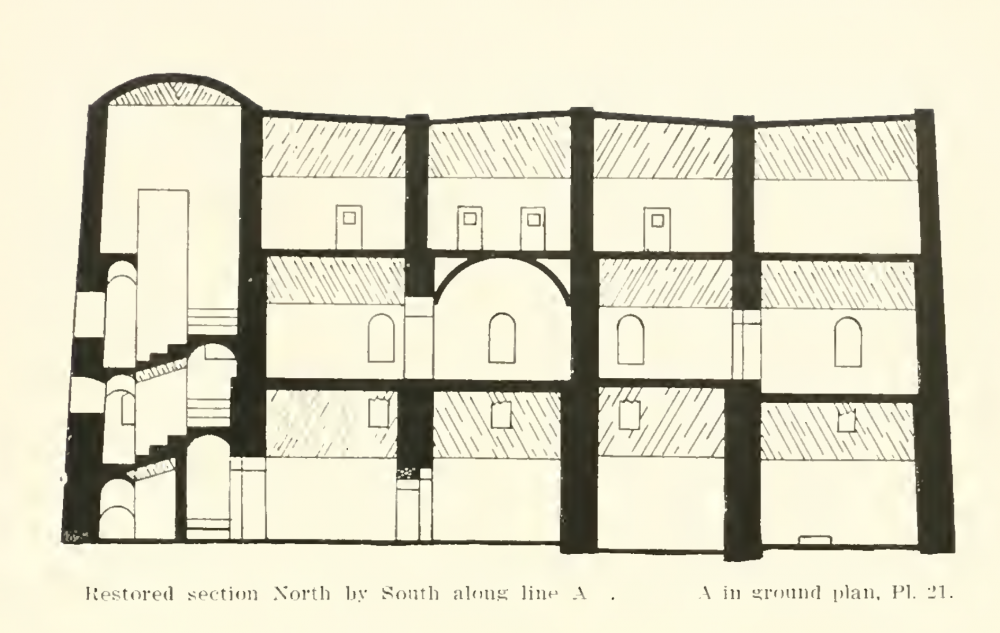
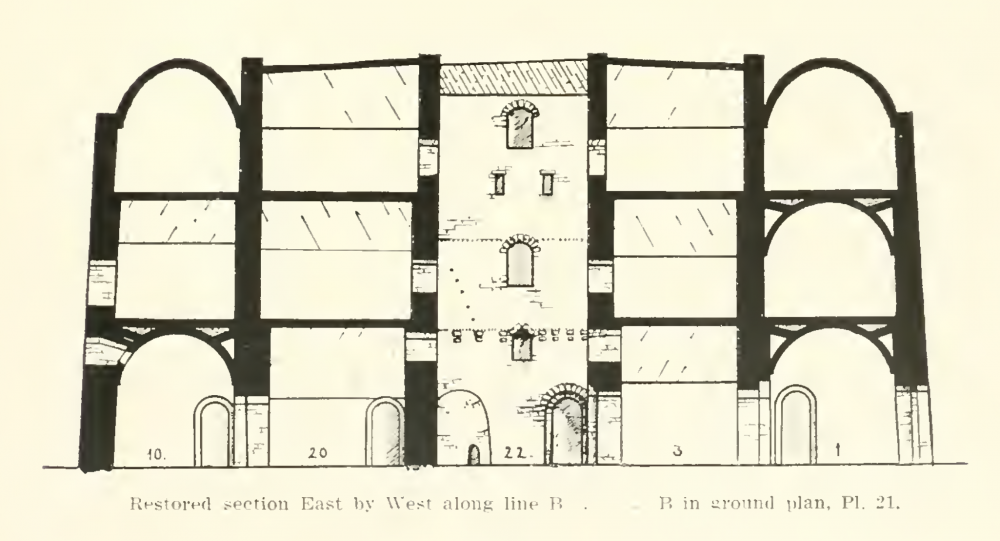
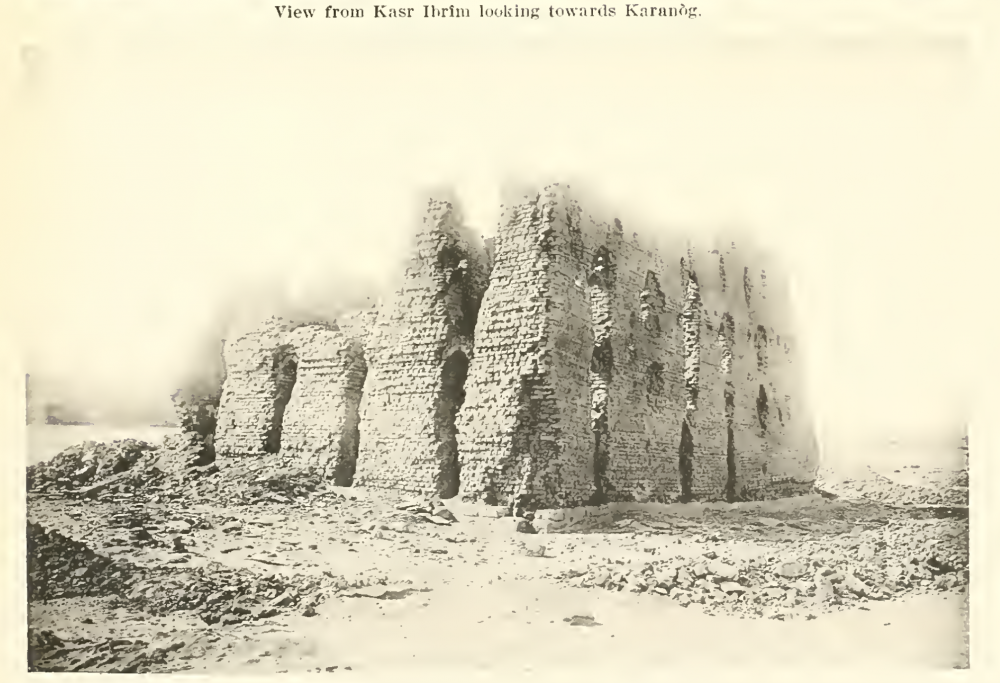
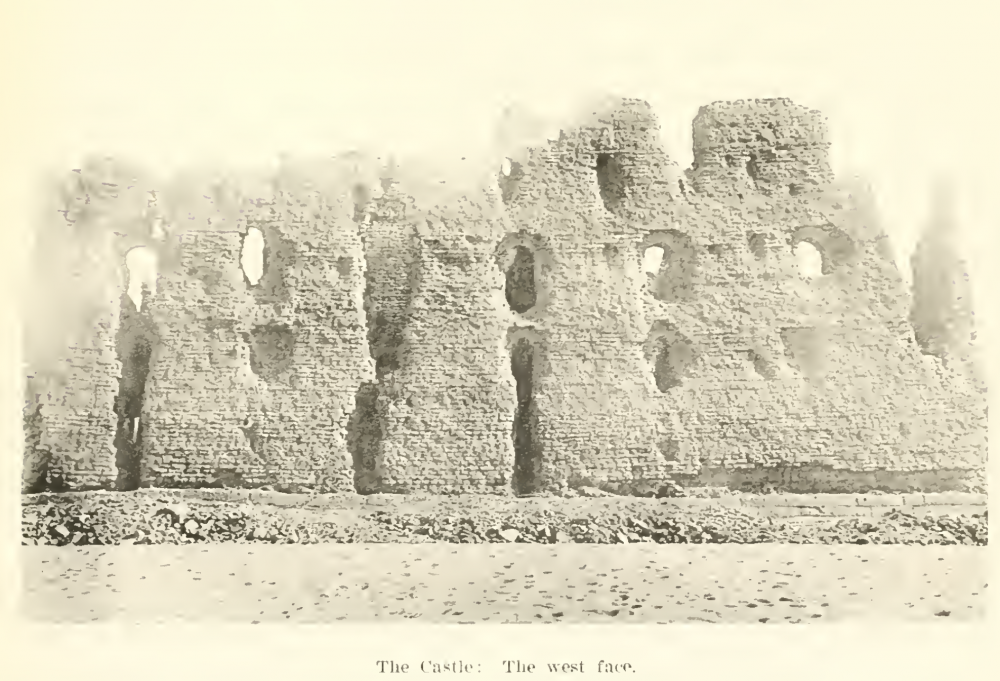
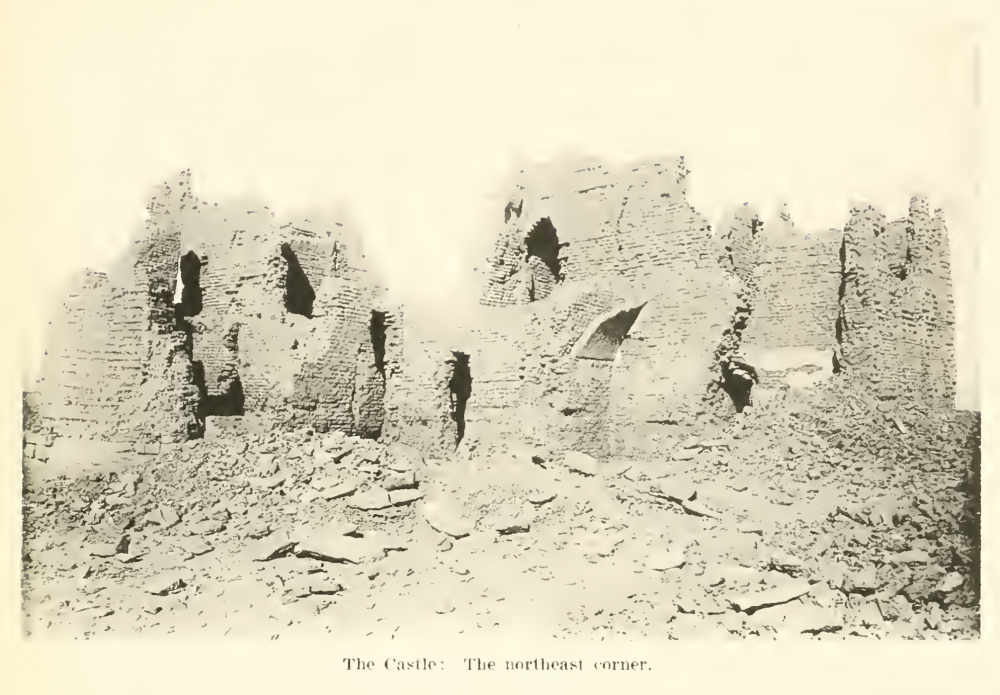
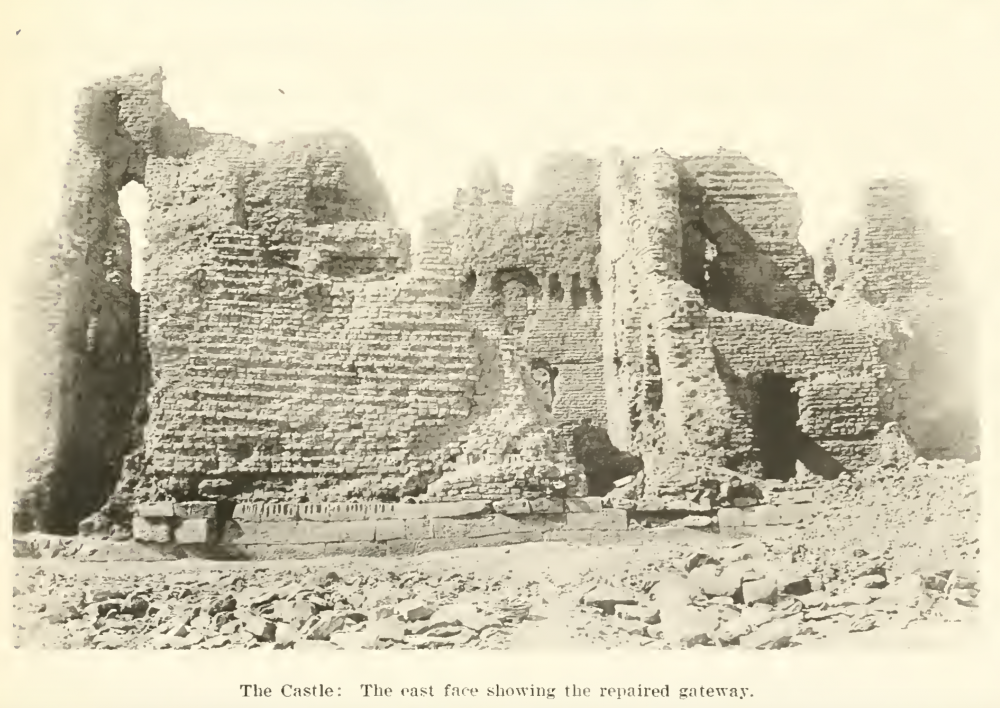
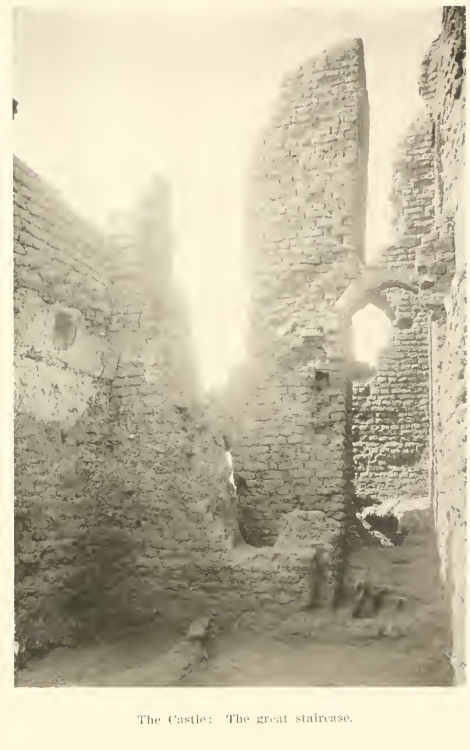
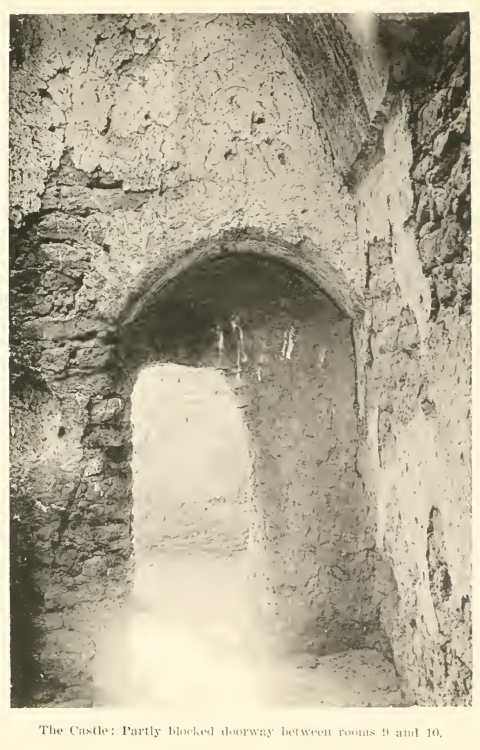
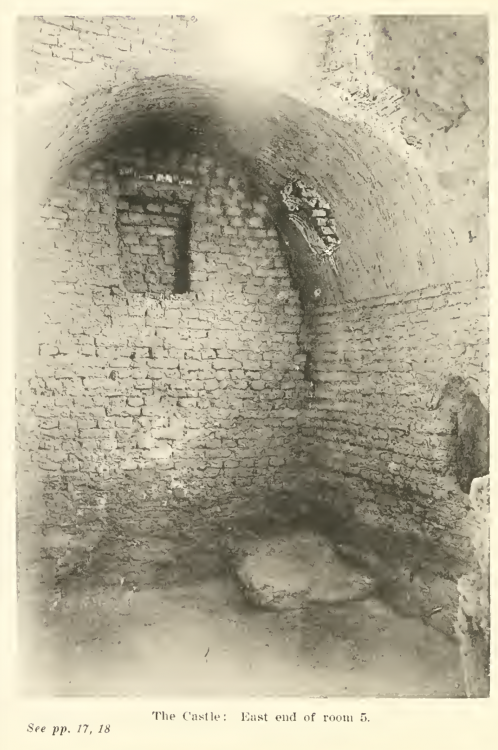
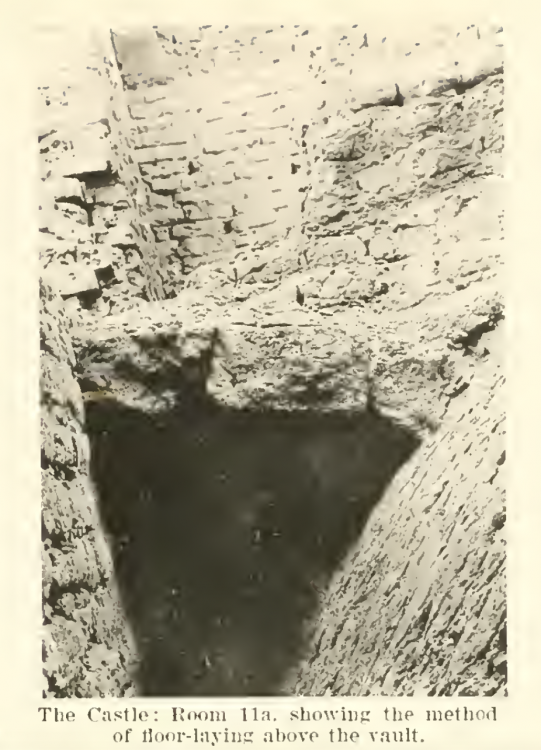
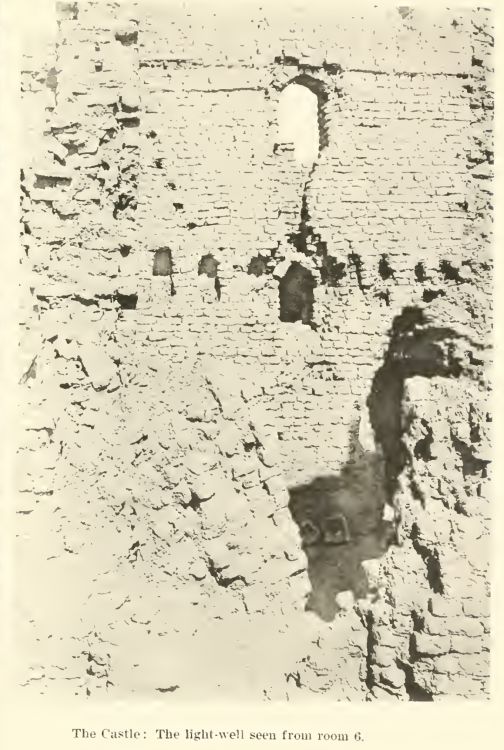
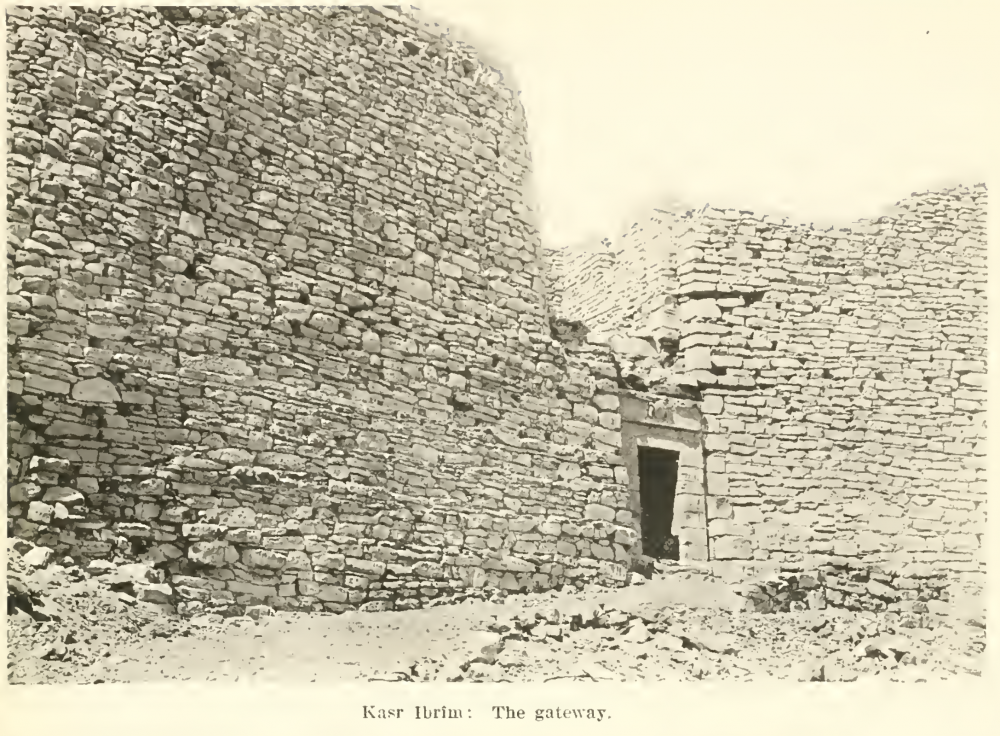
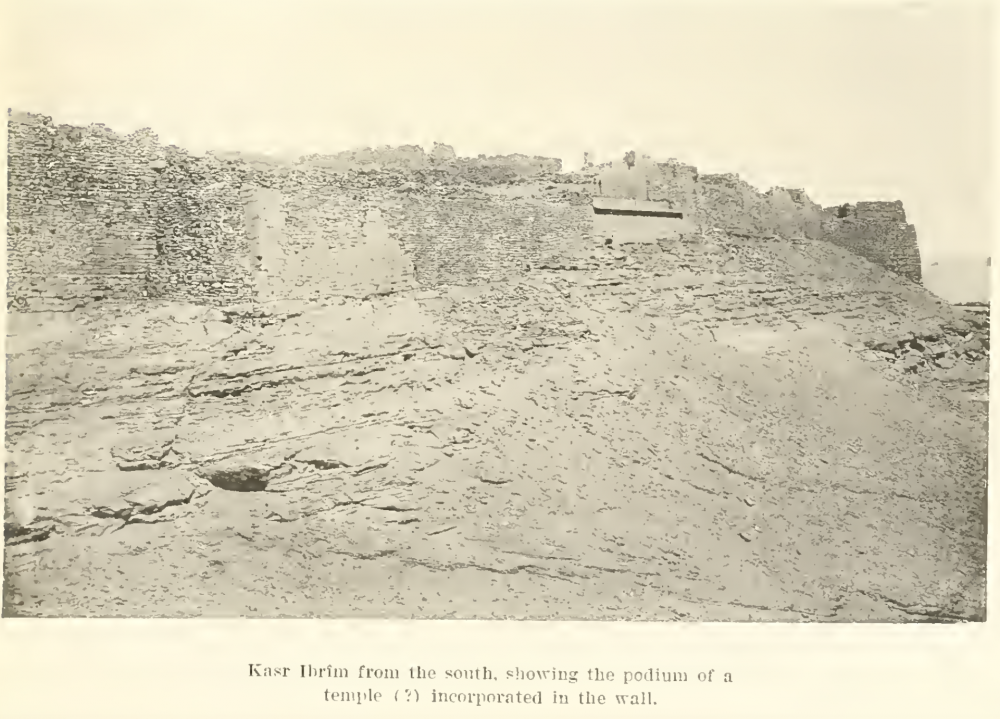
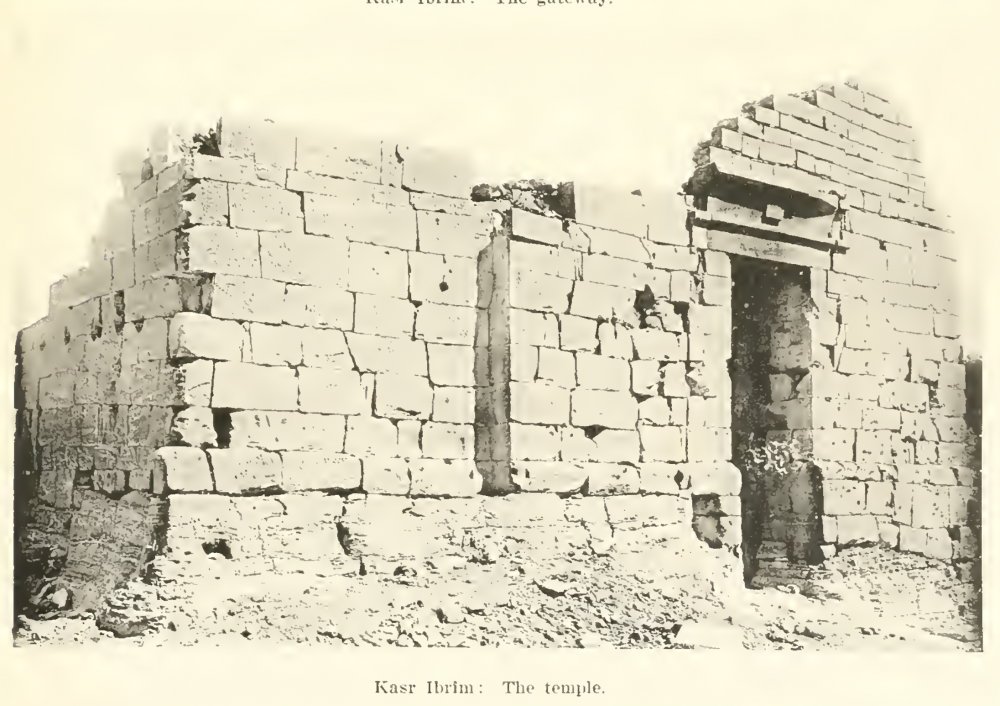
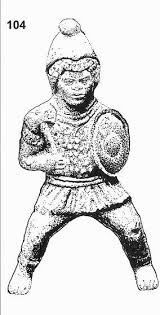
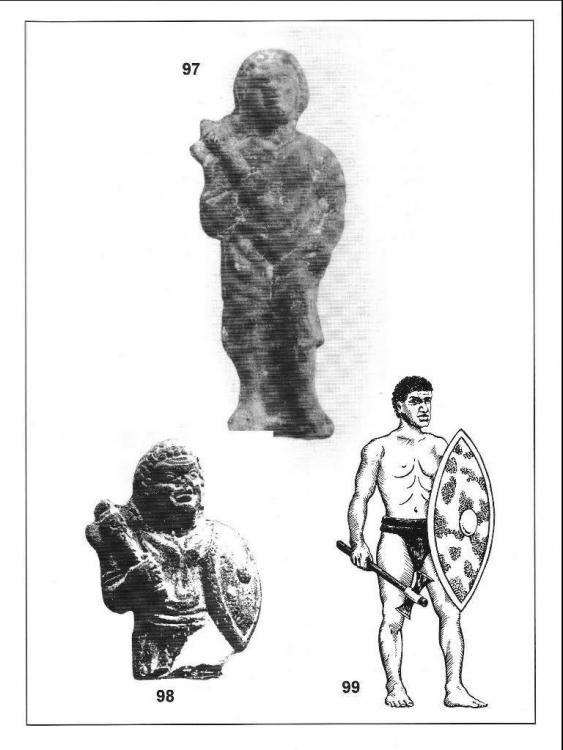
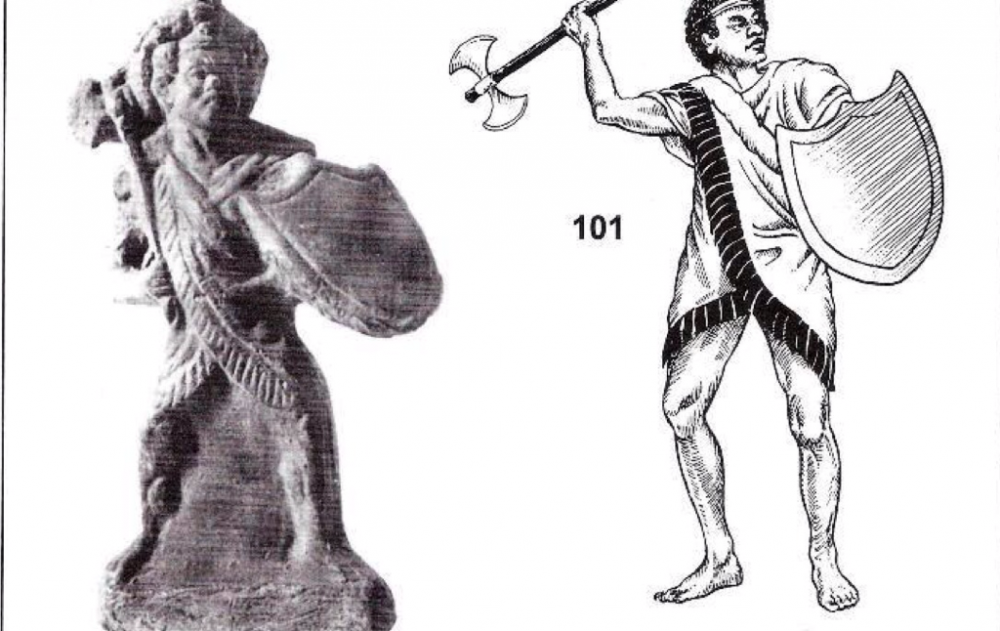
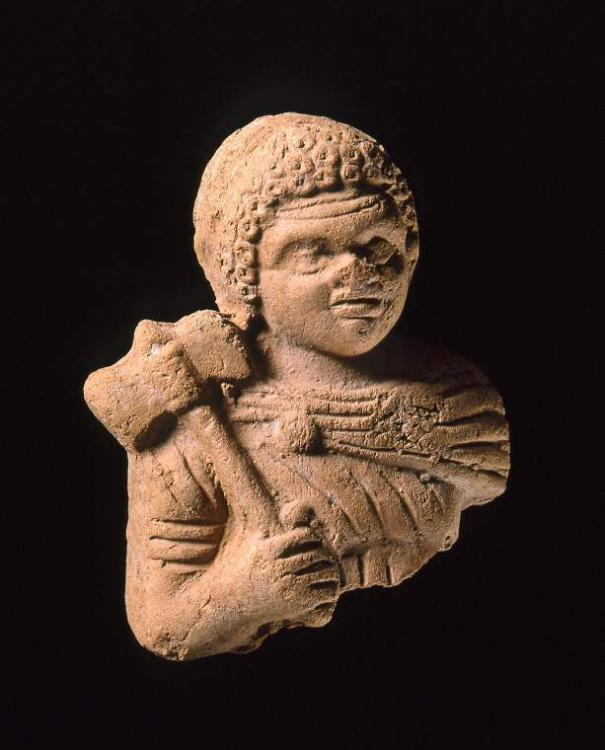
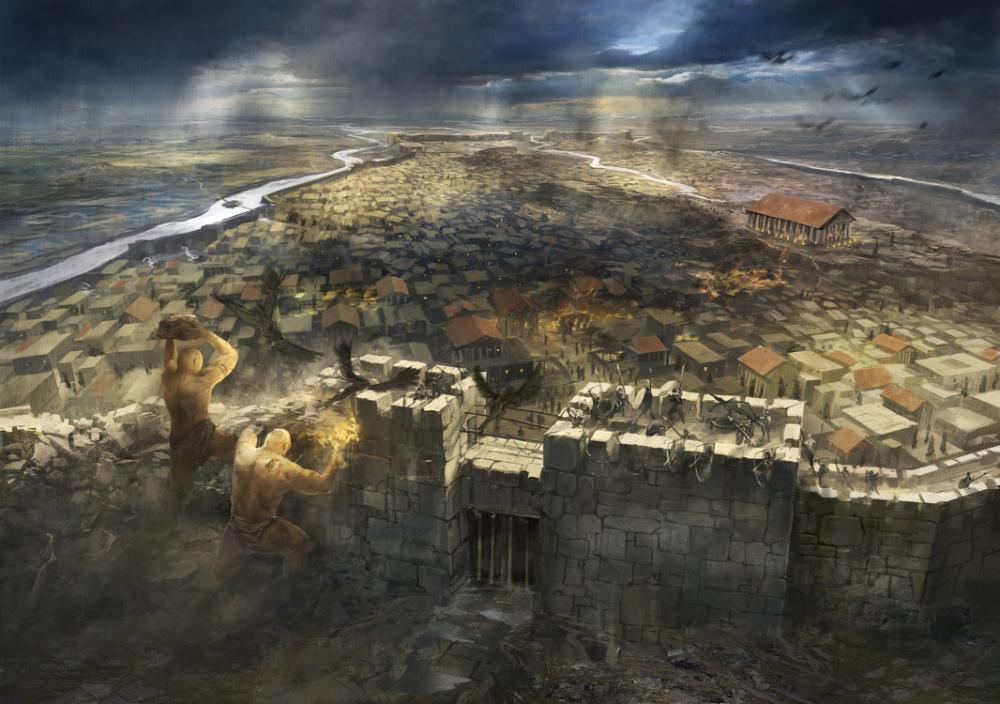
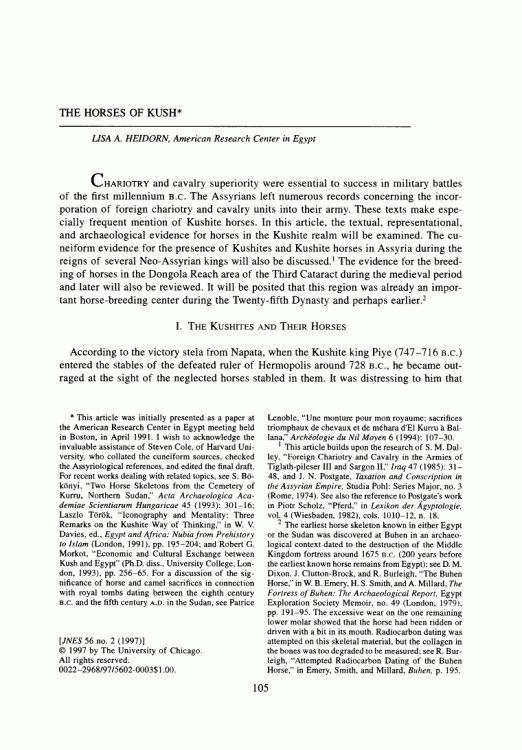
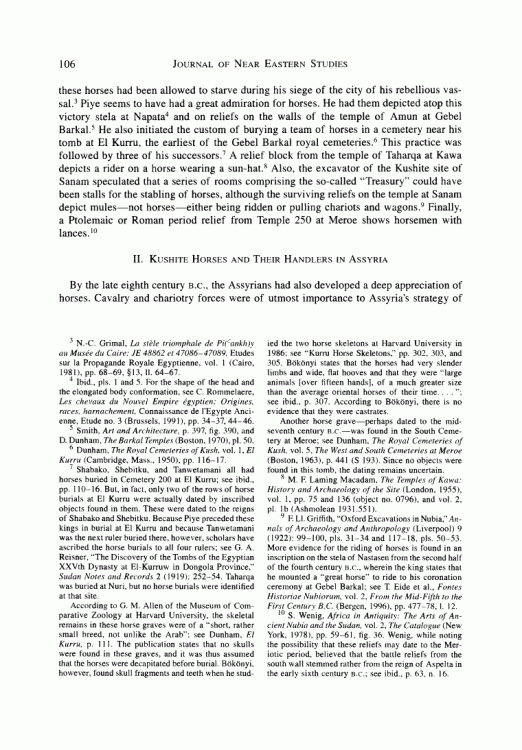
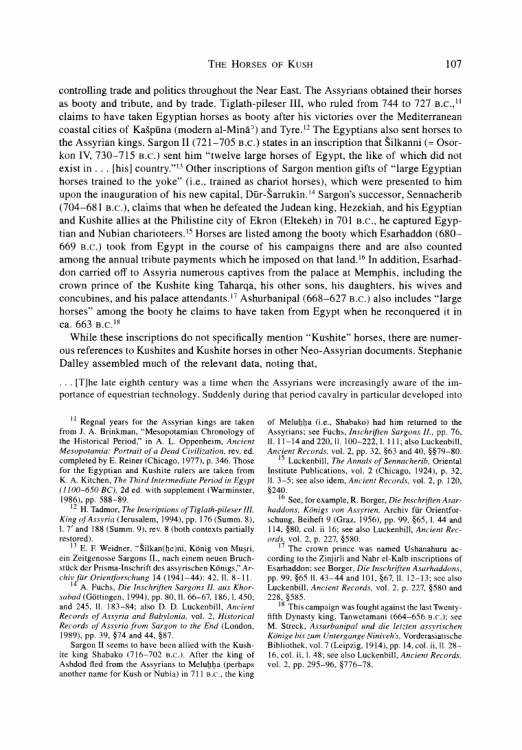
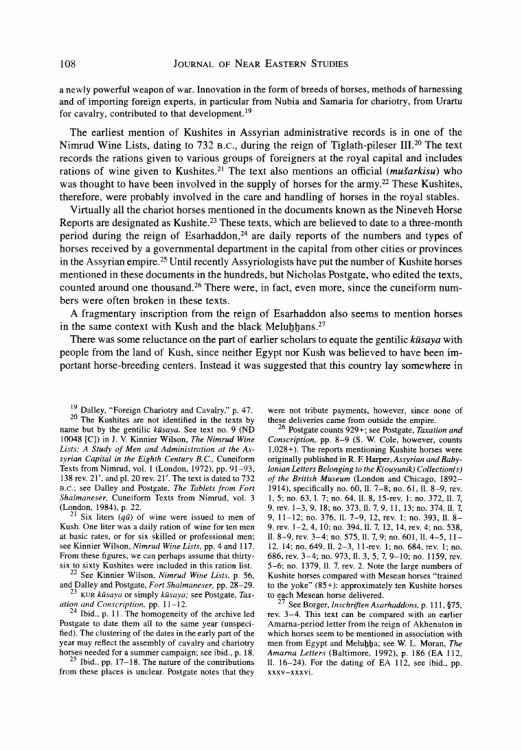
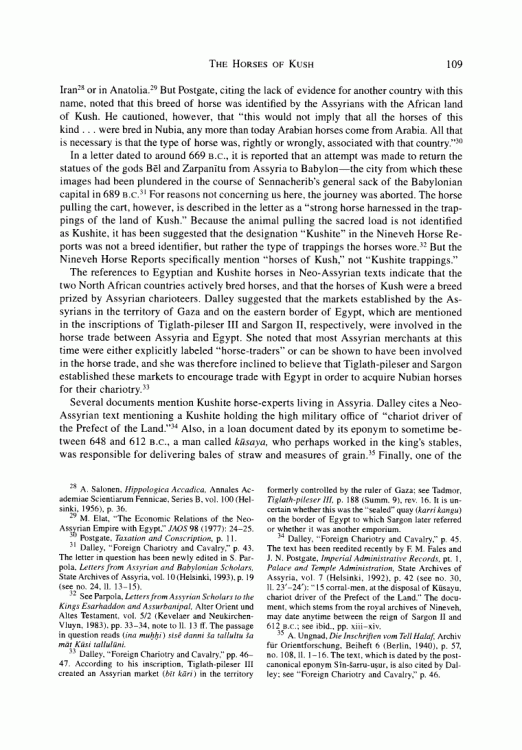
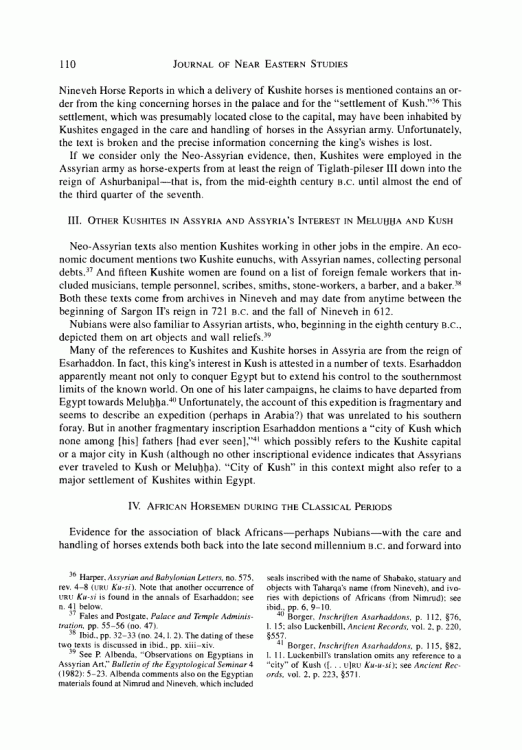
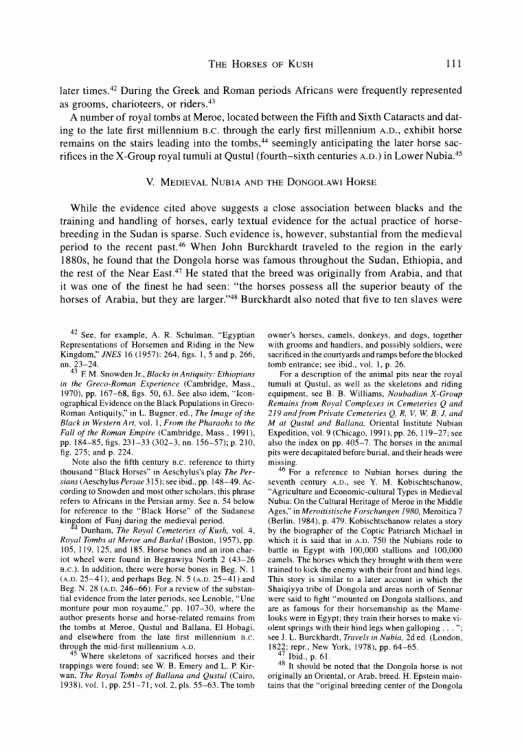
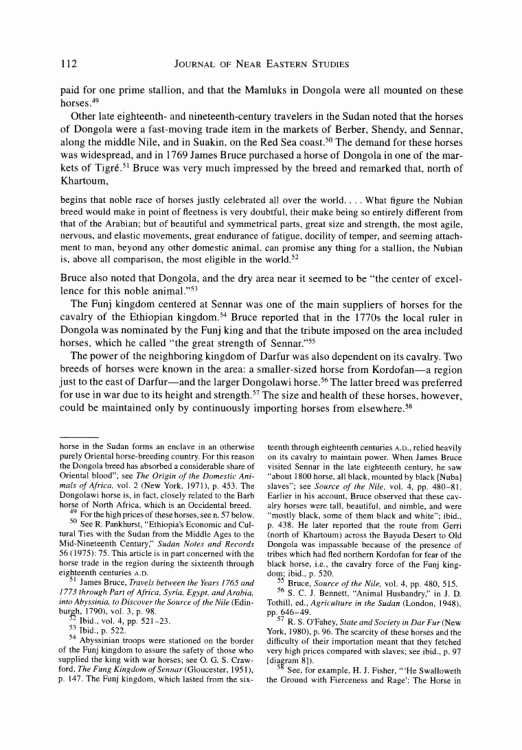
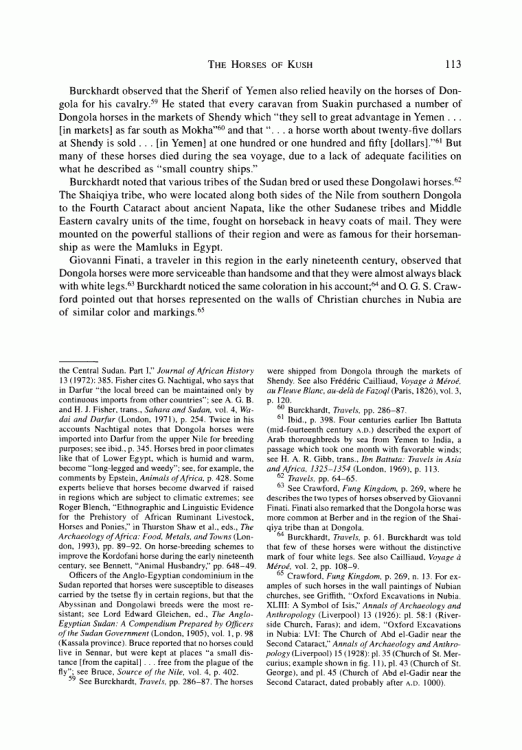
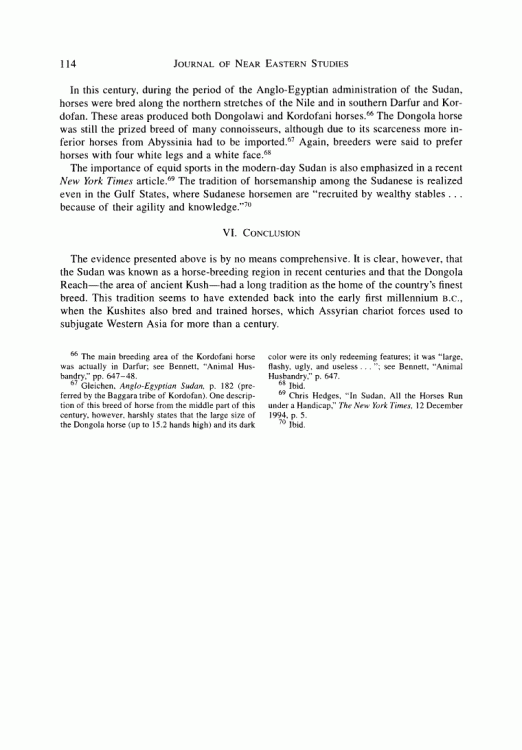
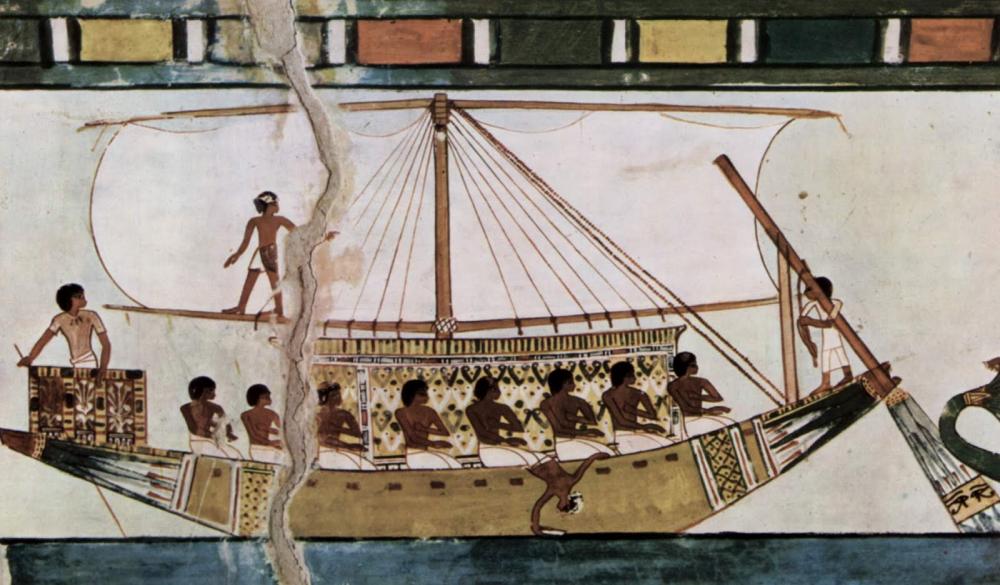
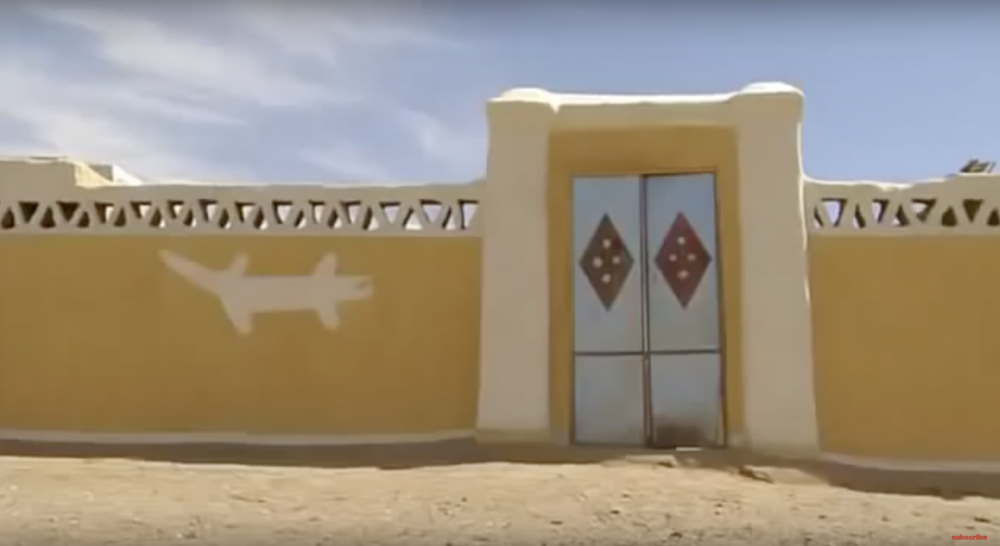
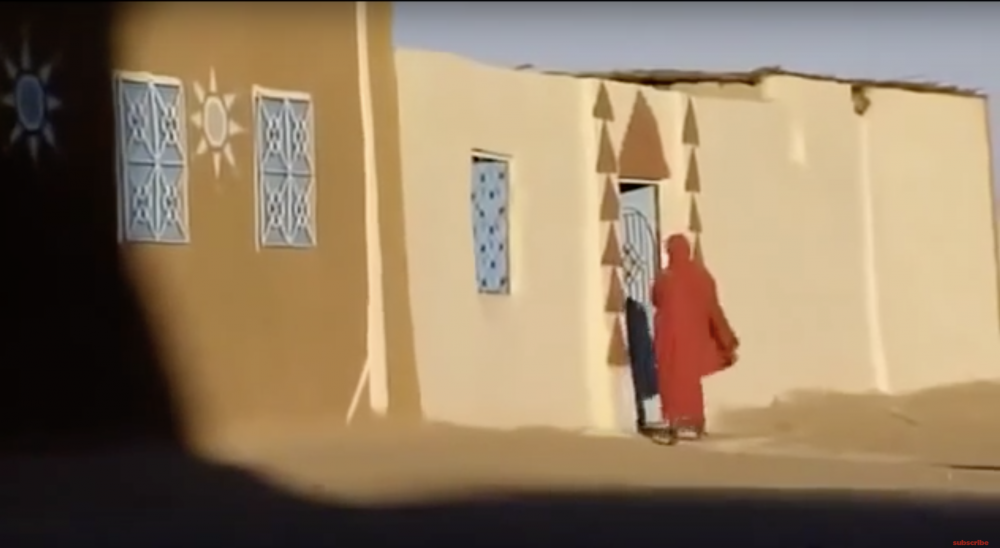
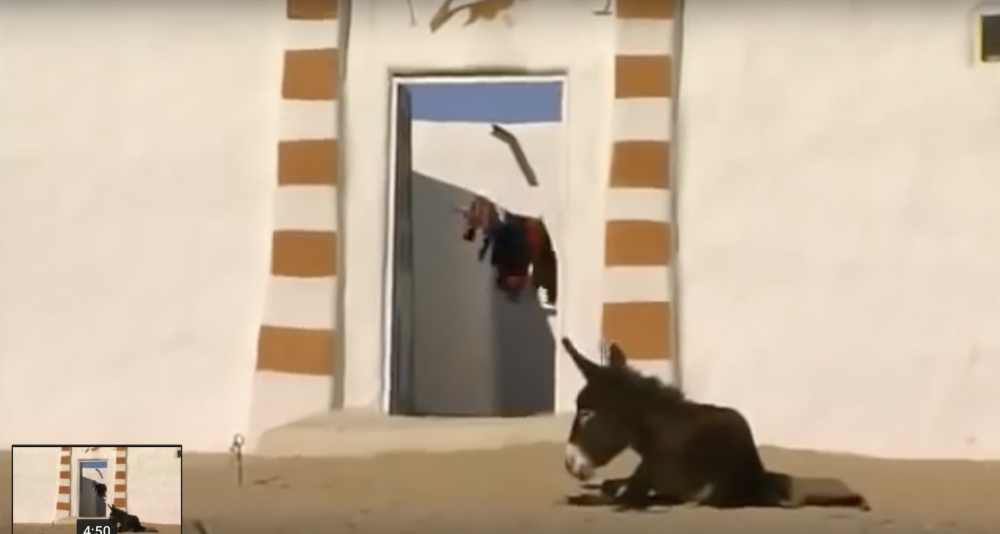
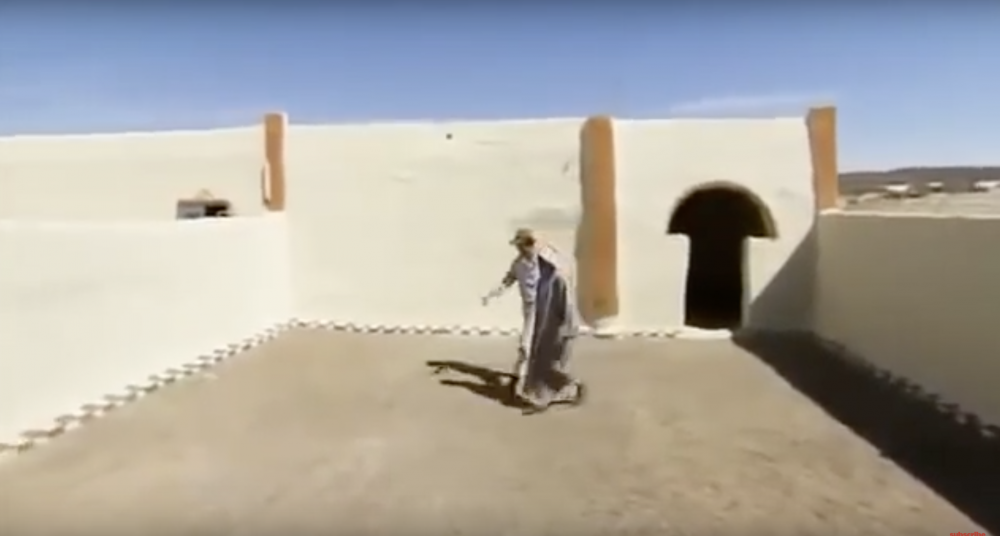
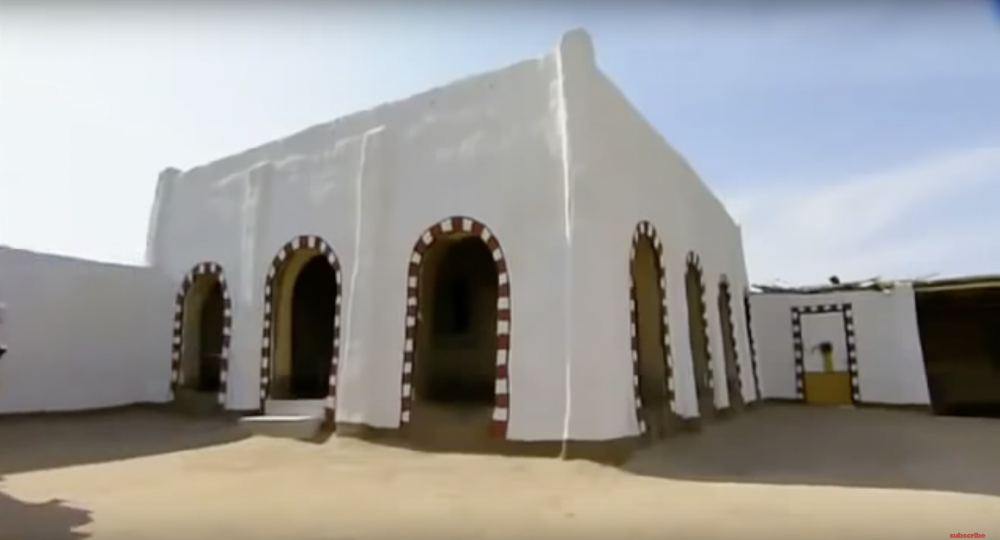
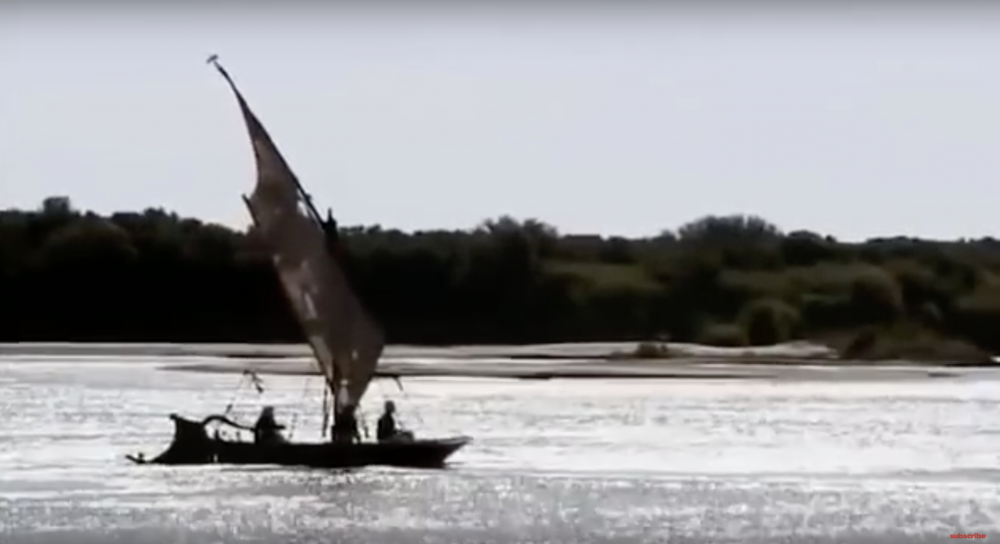
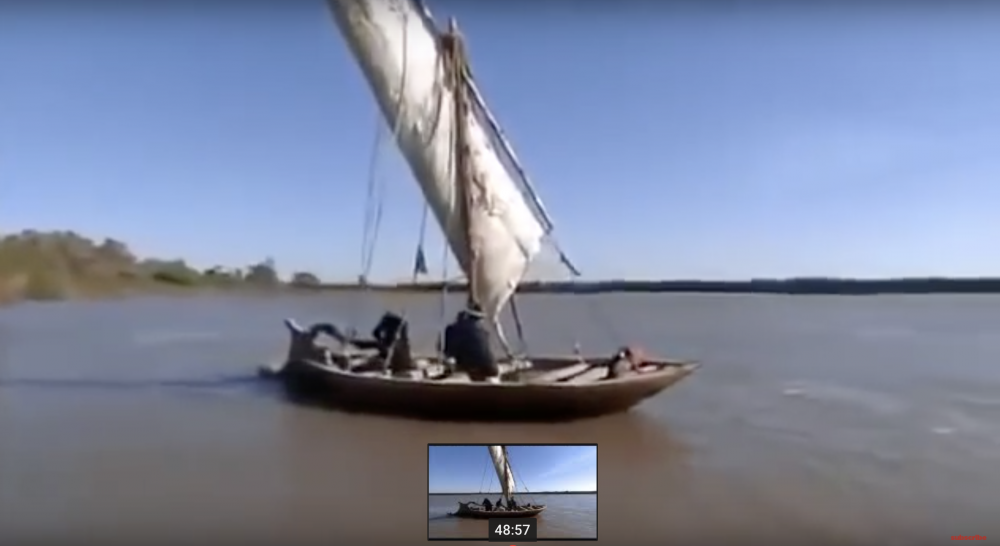
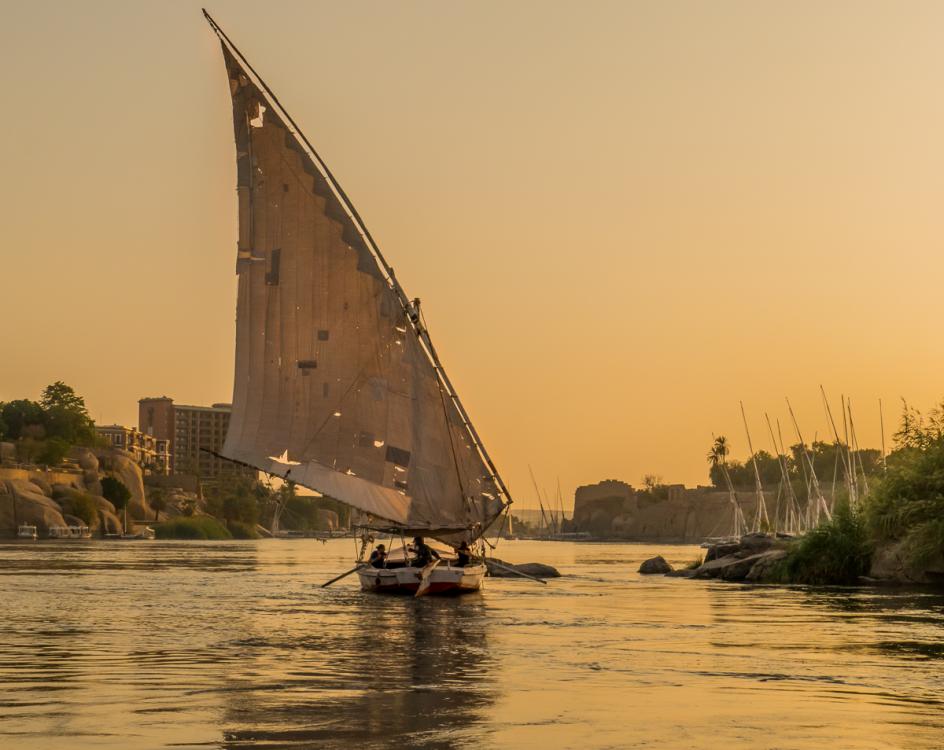
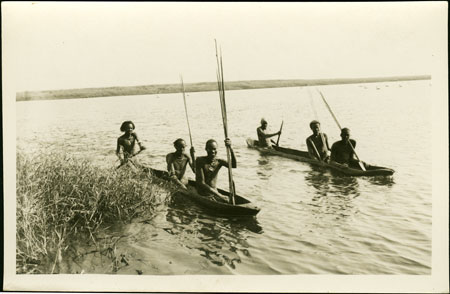

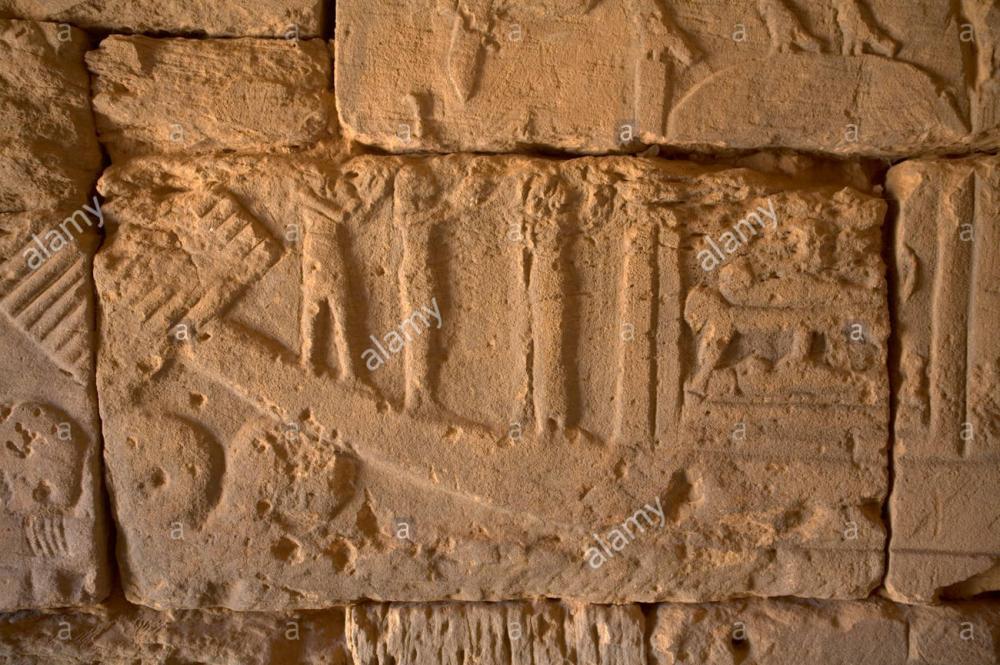
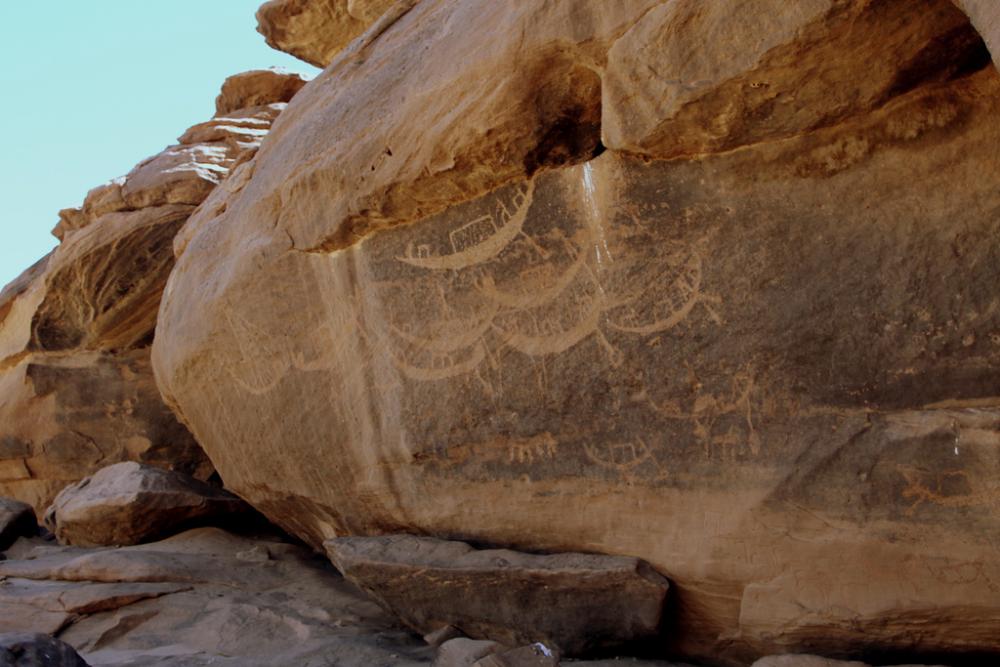
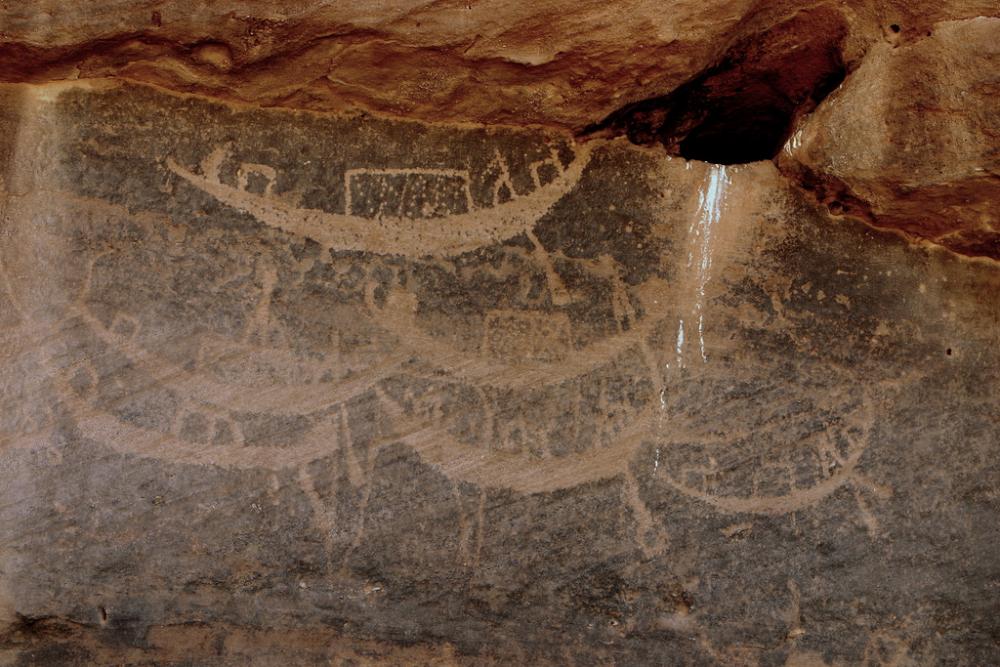
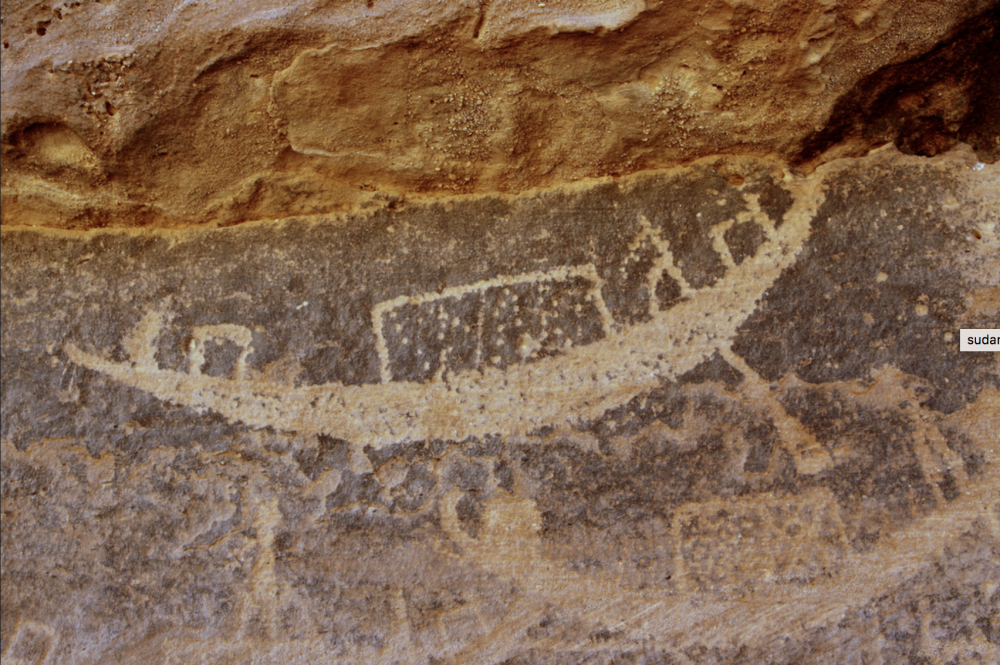
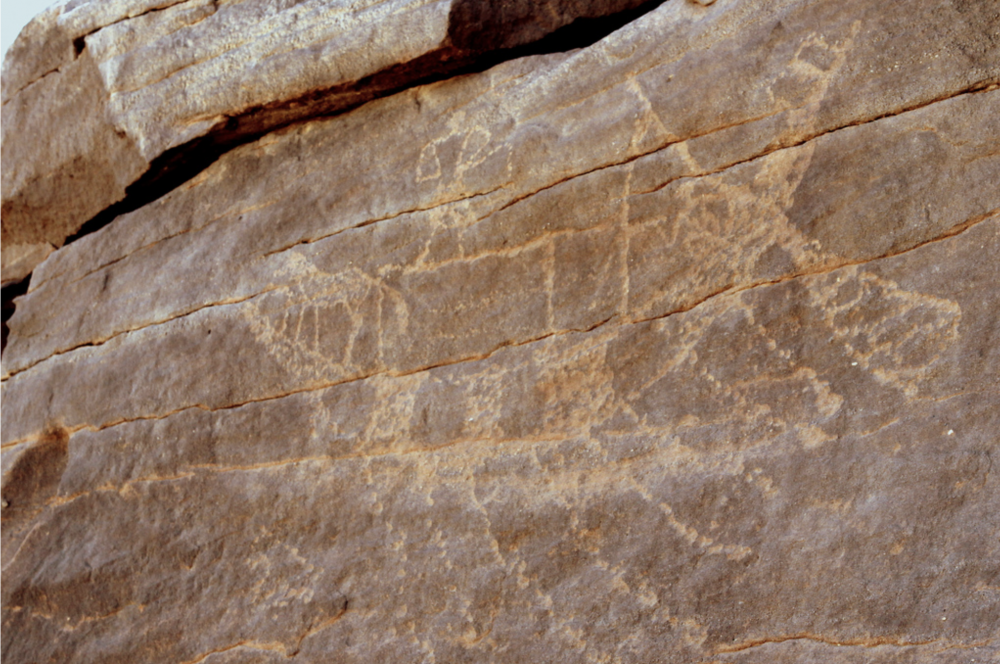
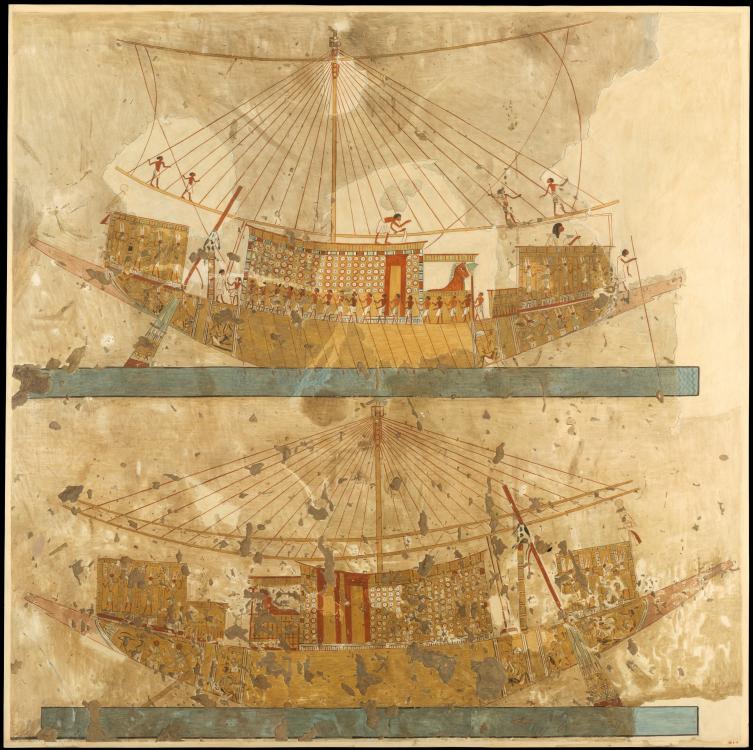
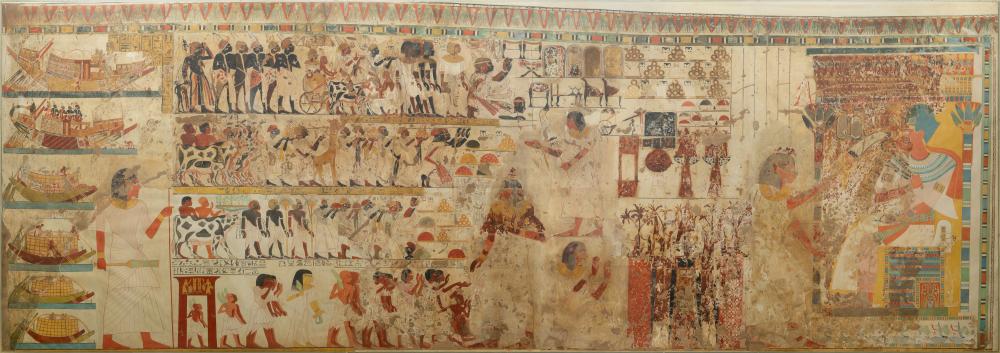
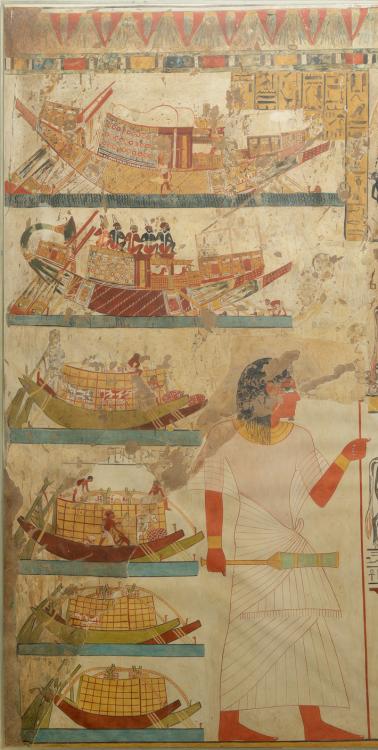
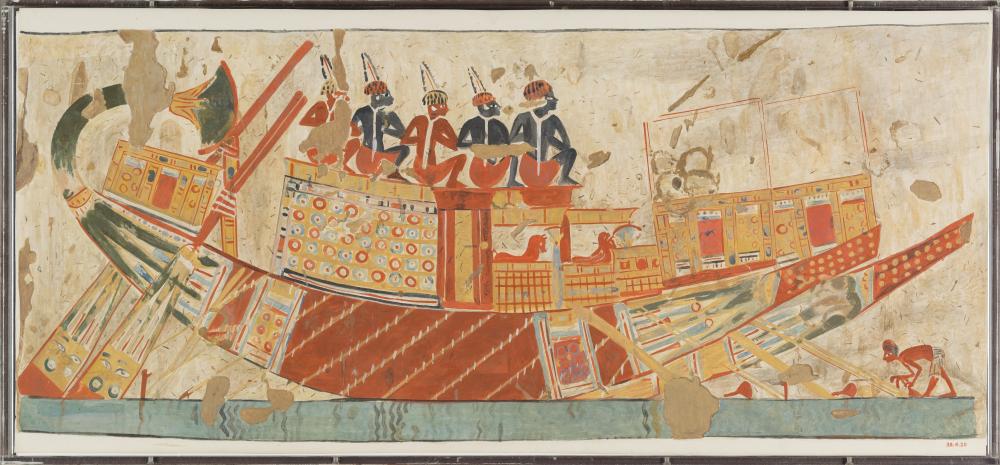
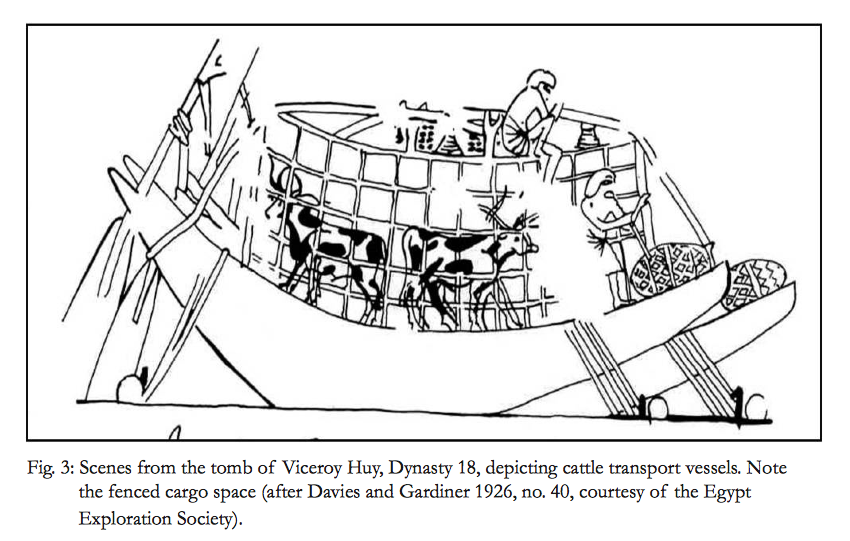
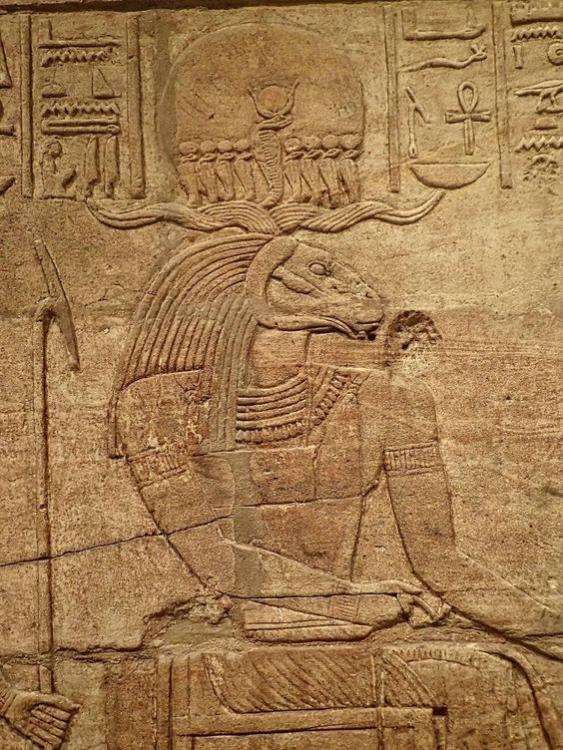
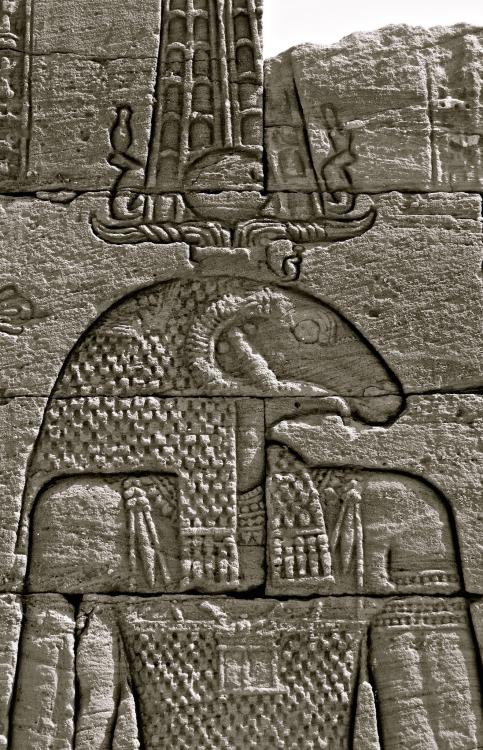
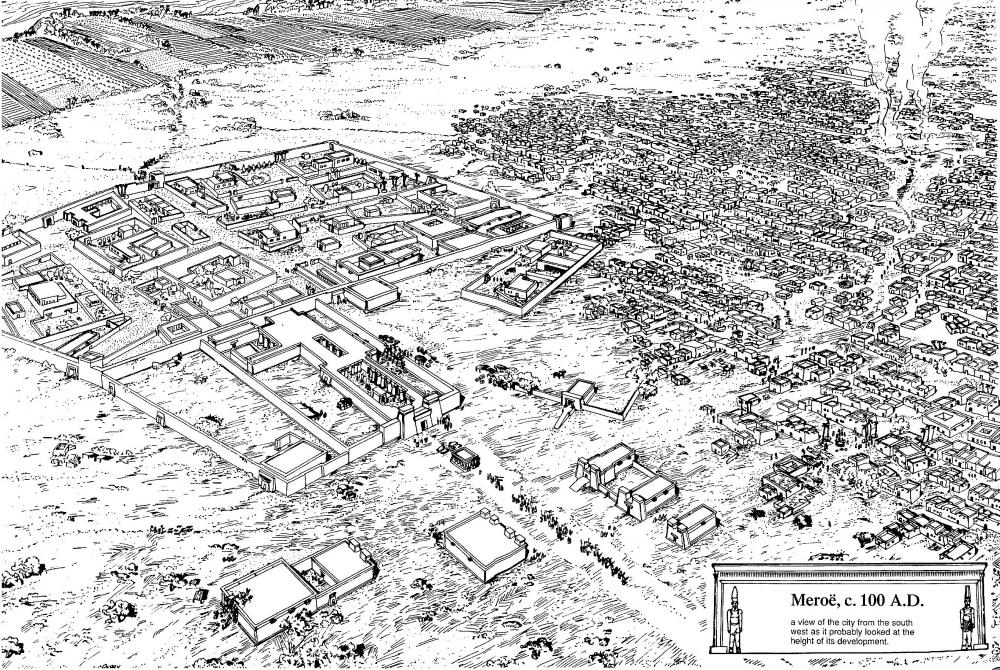
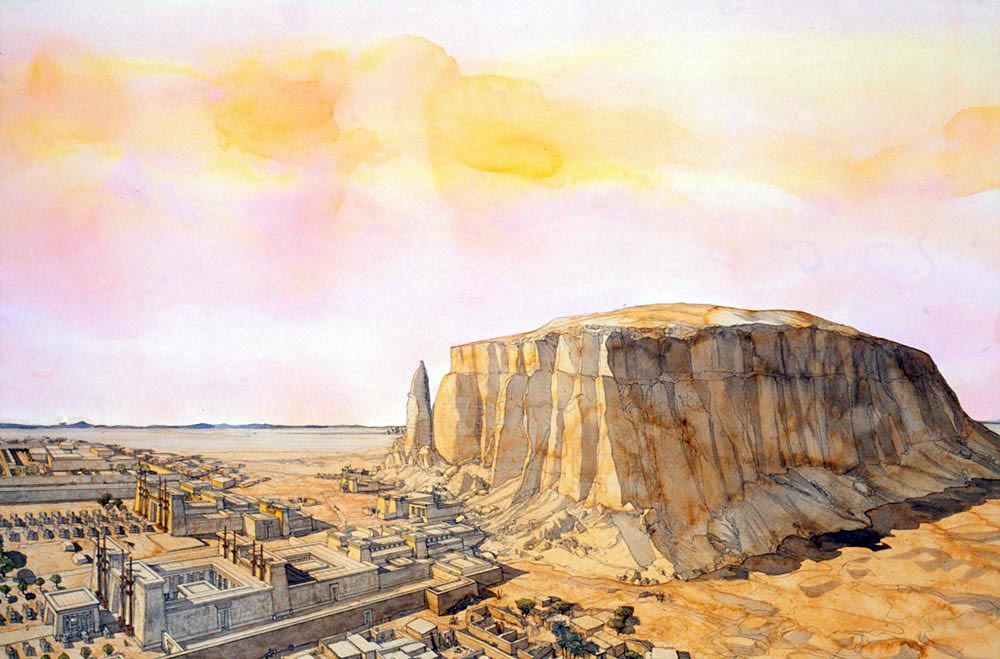
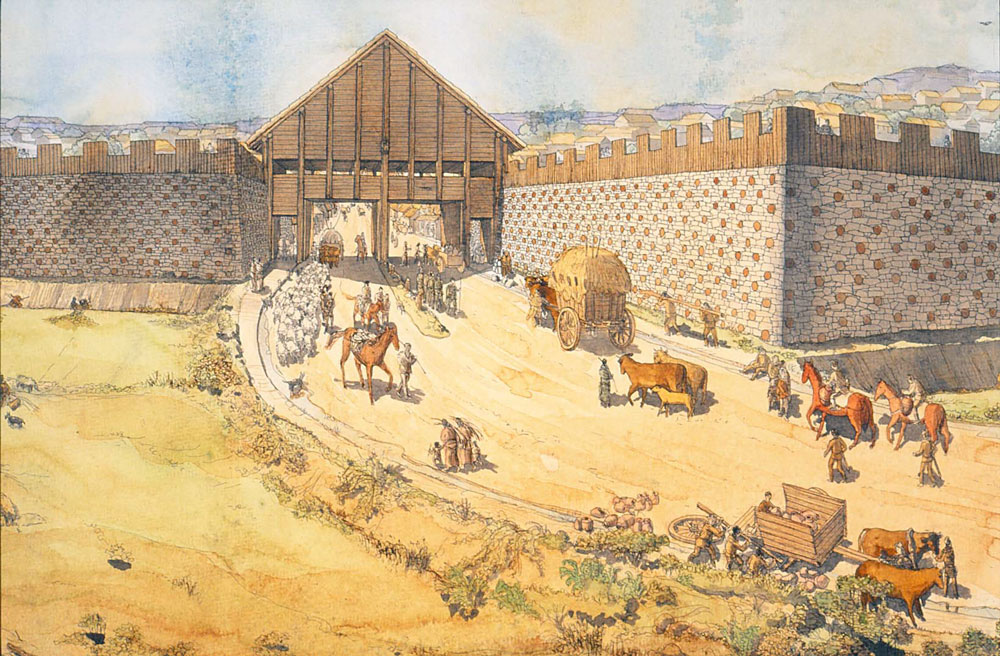
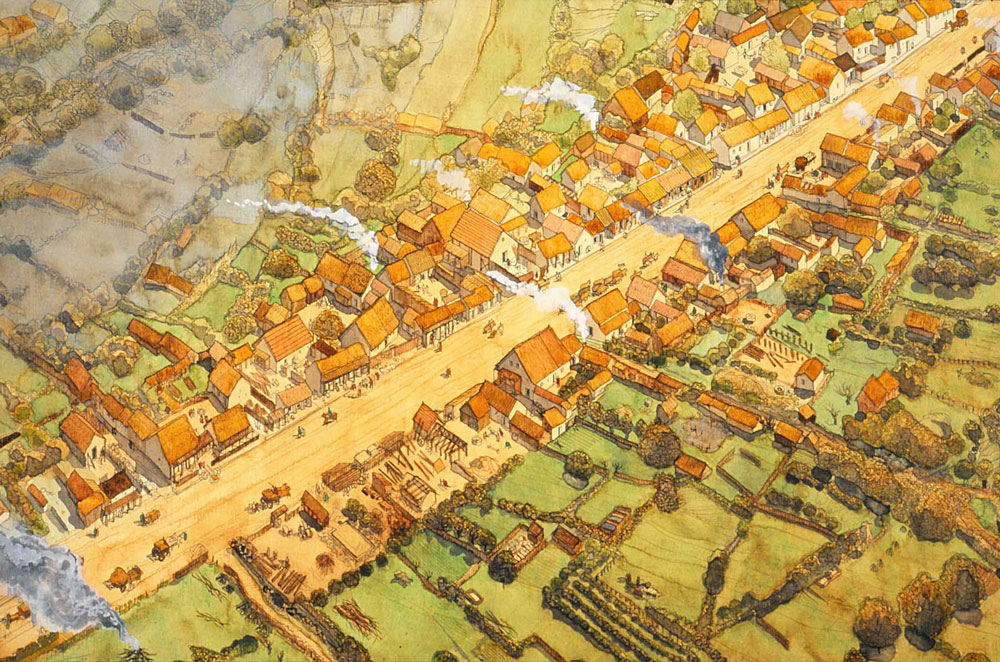
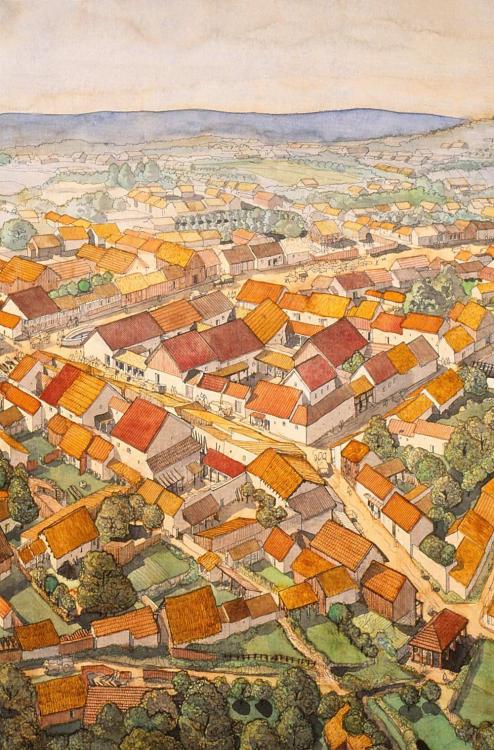
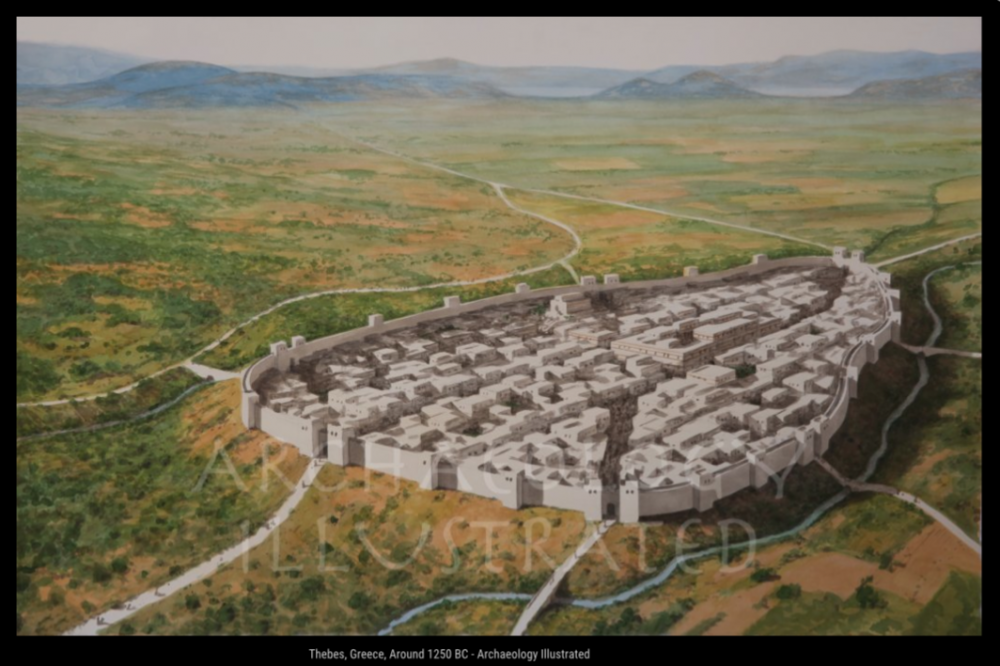
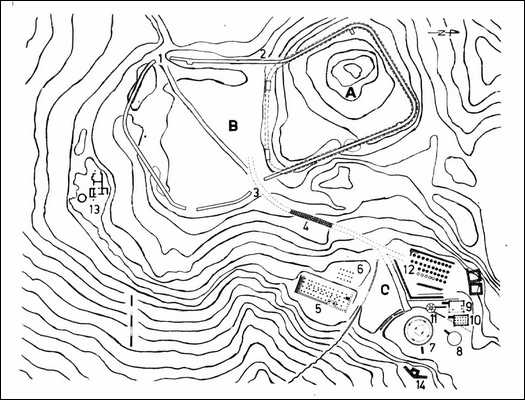
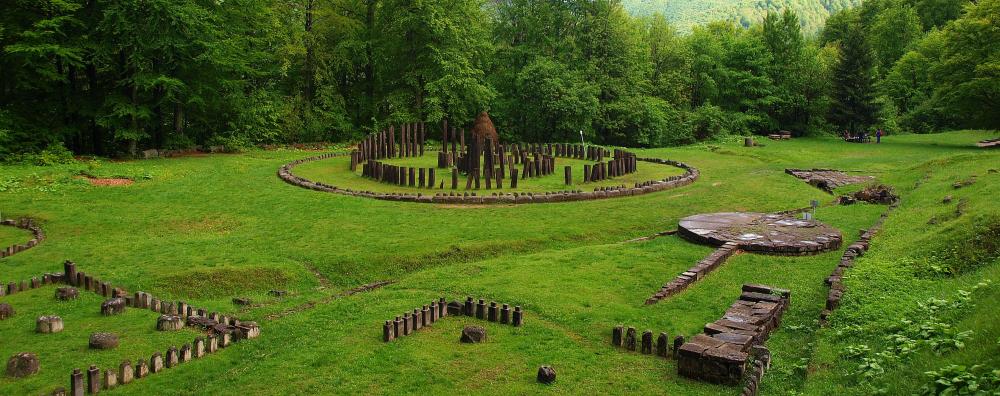
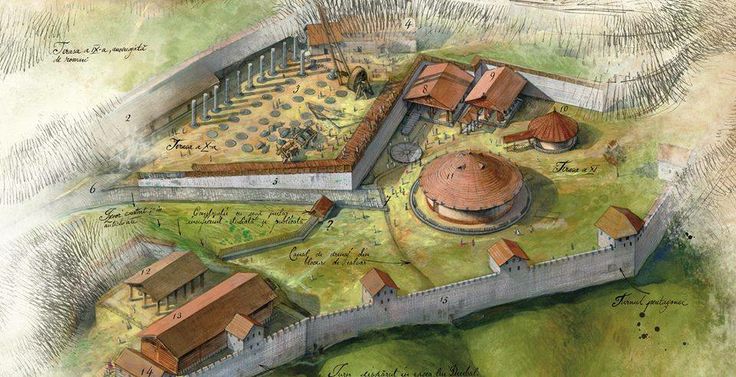
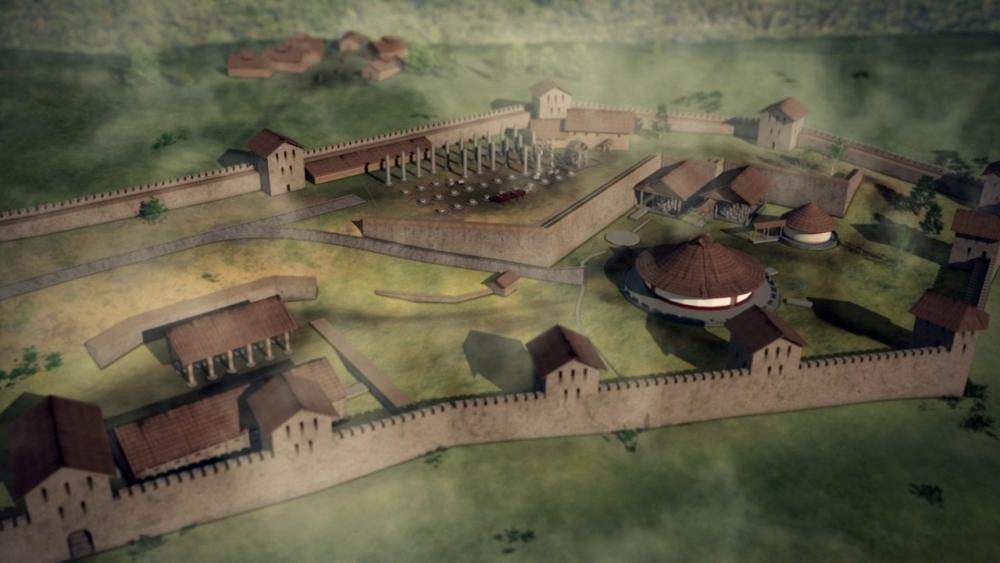
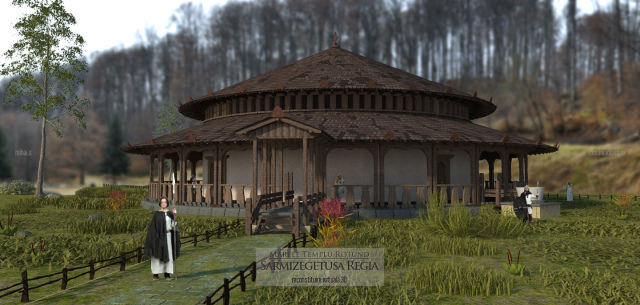
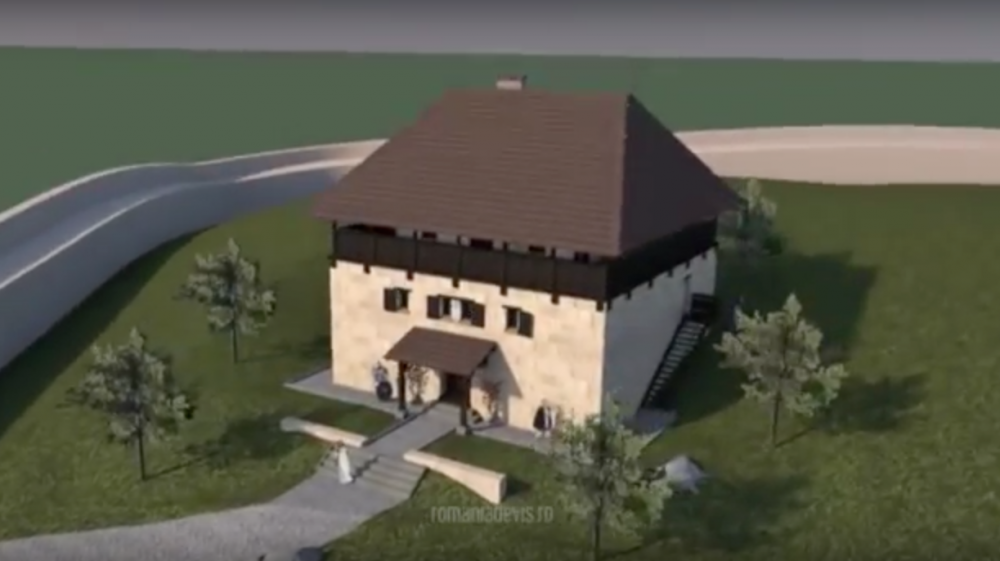
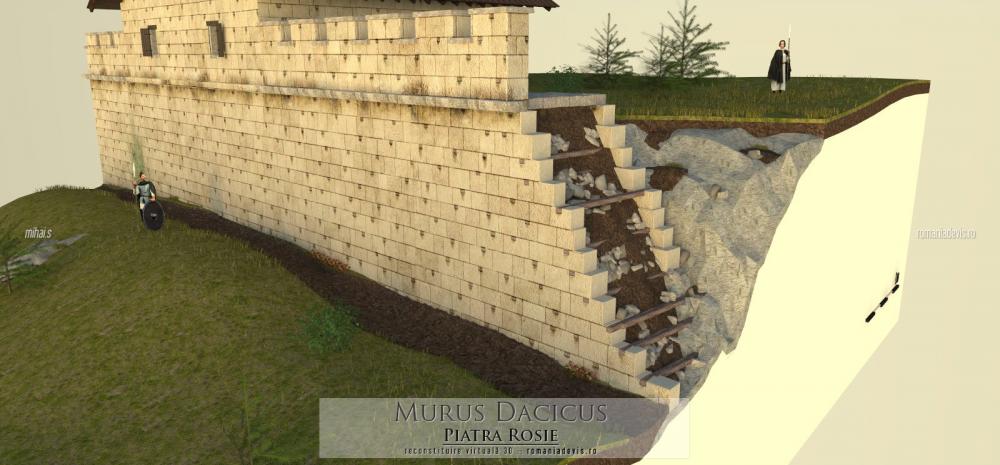
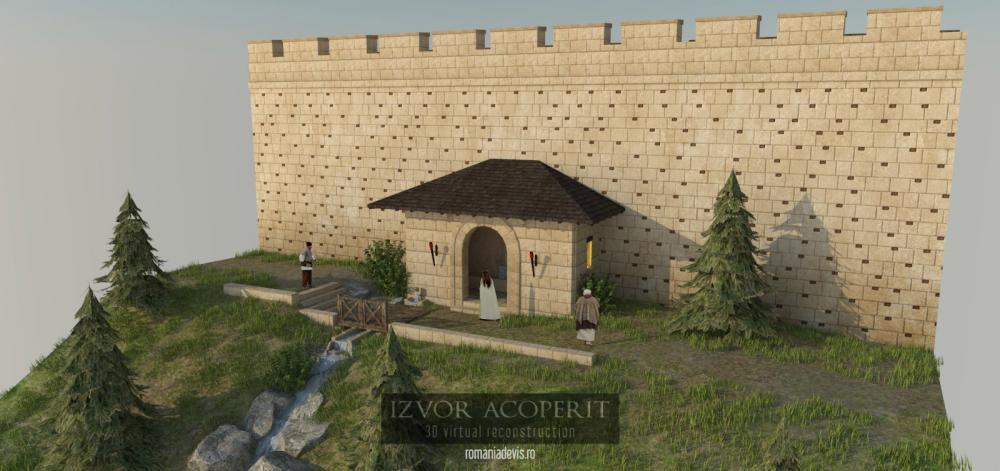
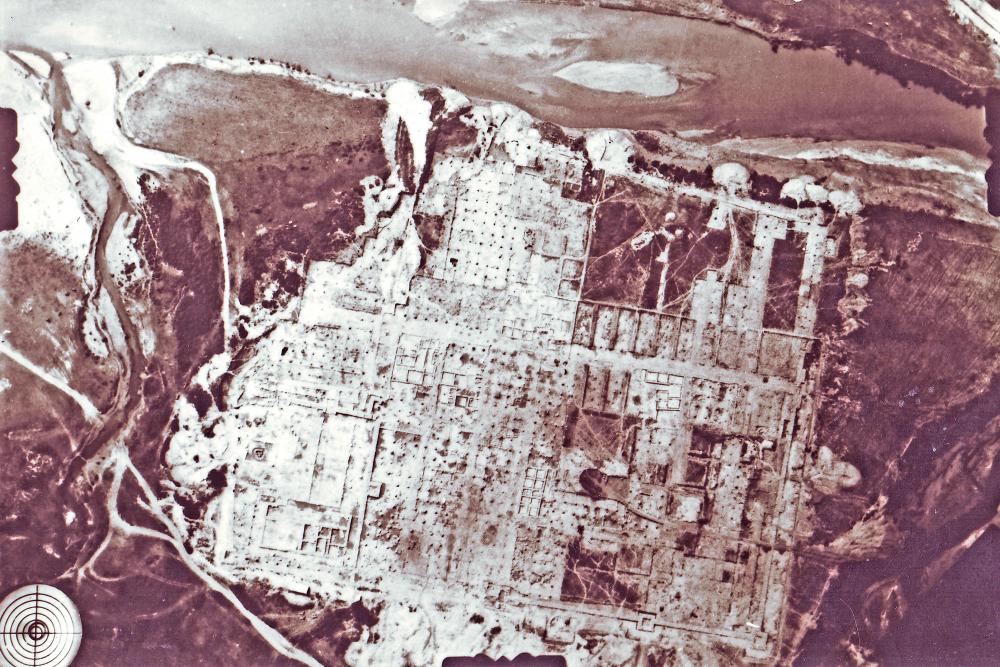
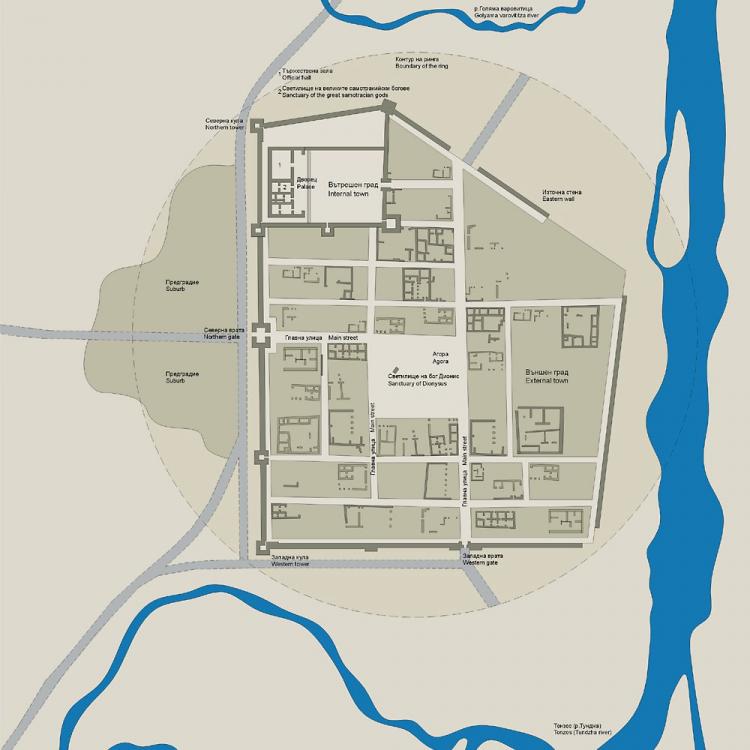
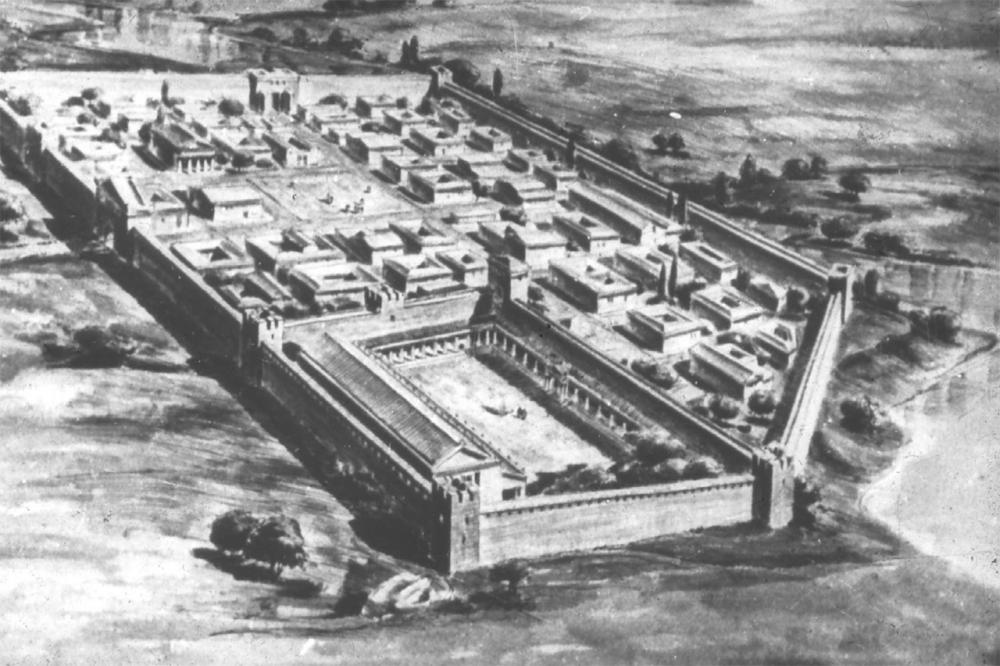
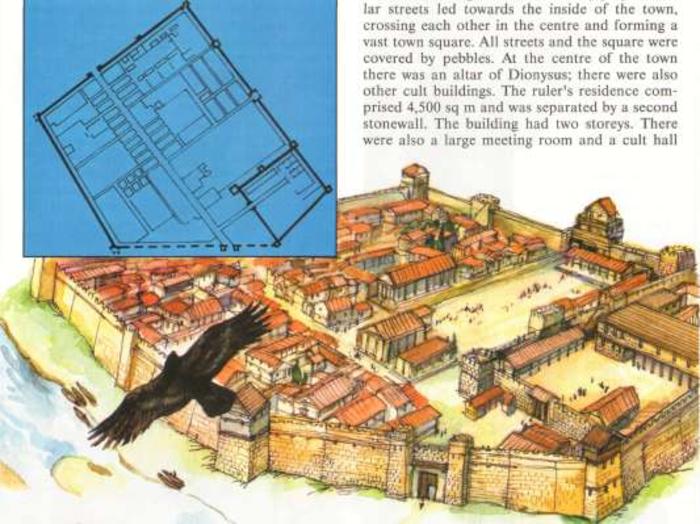
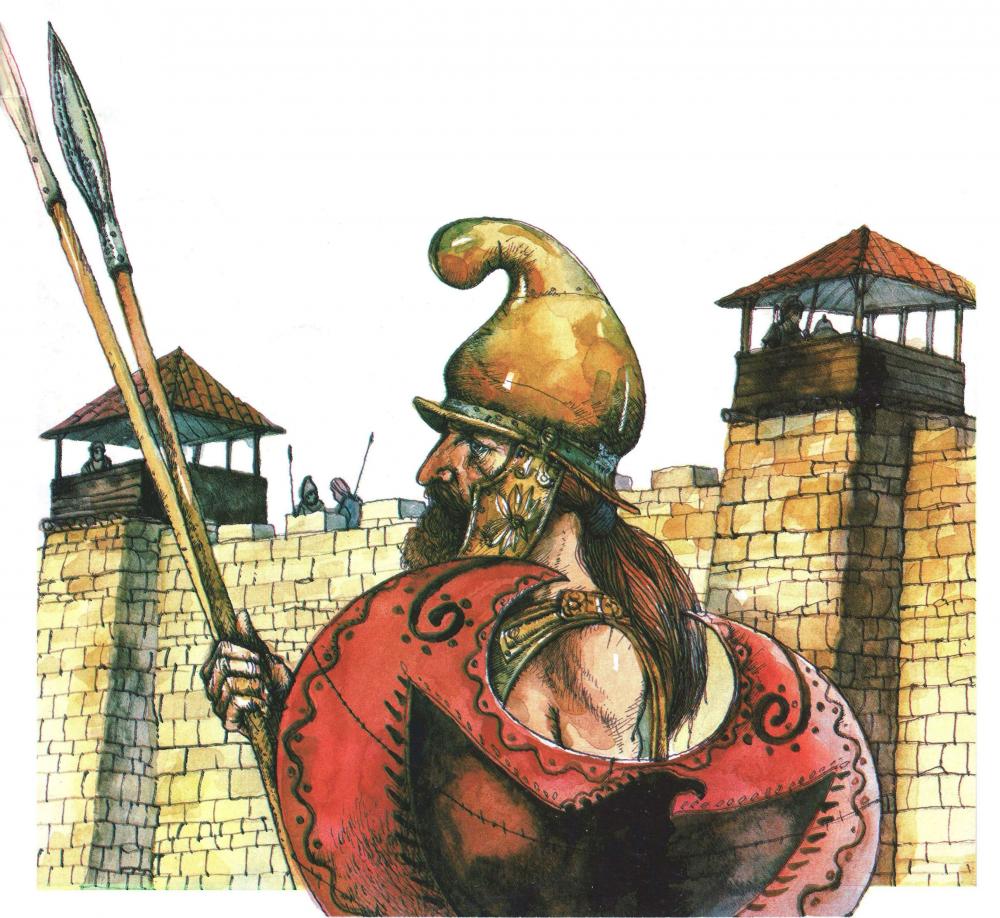
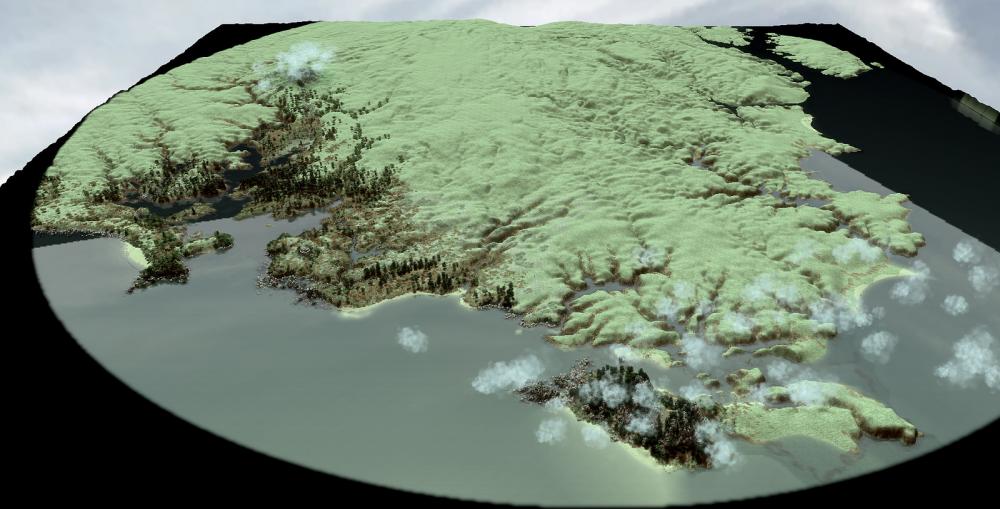
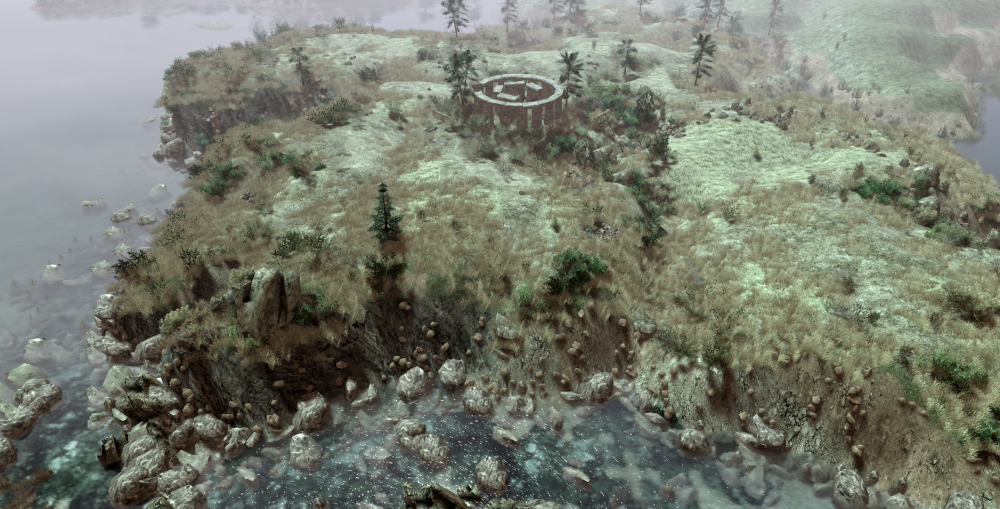
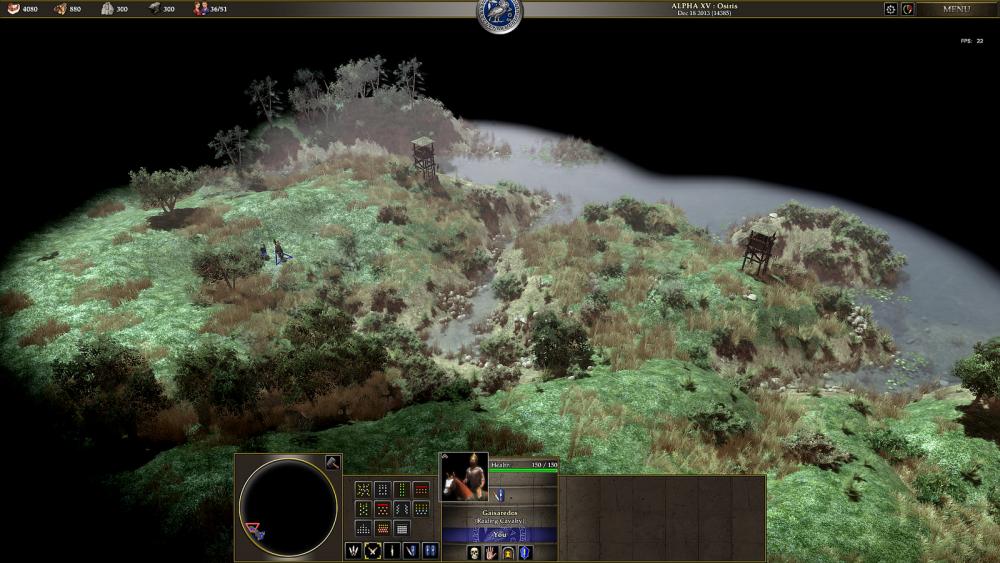
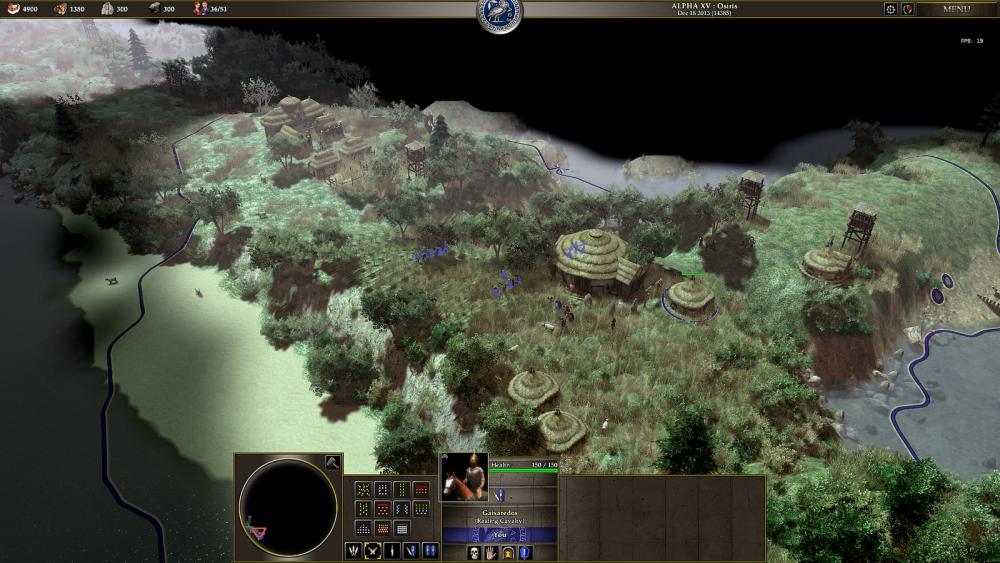
Petition: Removal of Mercenary Nubian Archer from Ptolemaic Army
in General Discussion
Posted
Nubian archers should just have been replaced by either:
- Nubian Axe-men
- Nubian Spearmen
- "Ethiopian" mahouts
In order to correctly reflect the complex ethno-cultural context of Egypt at the time